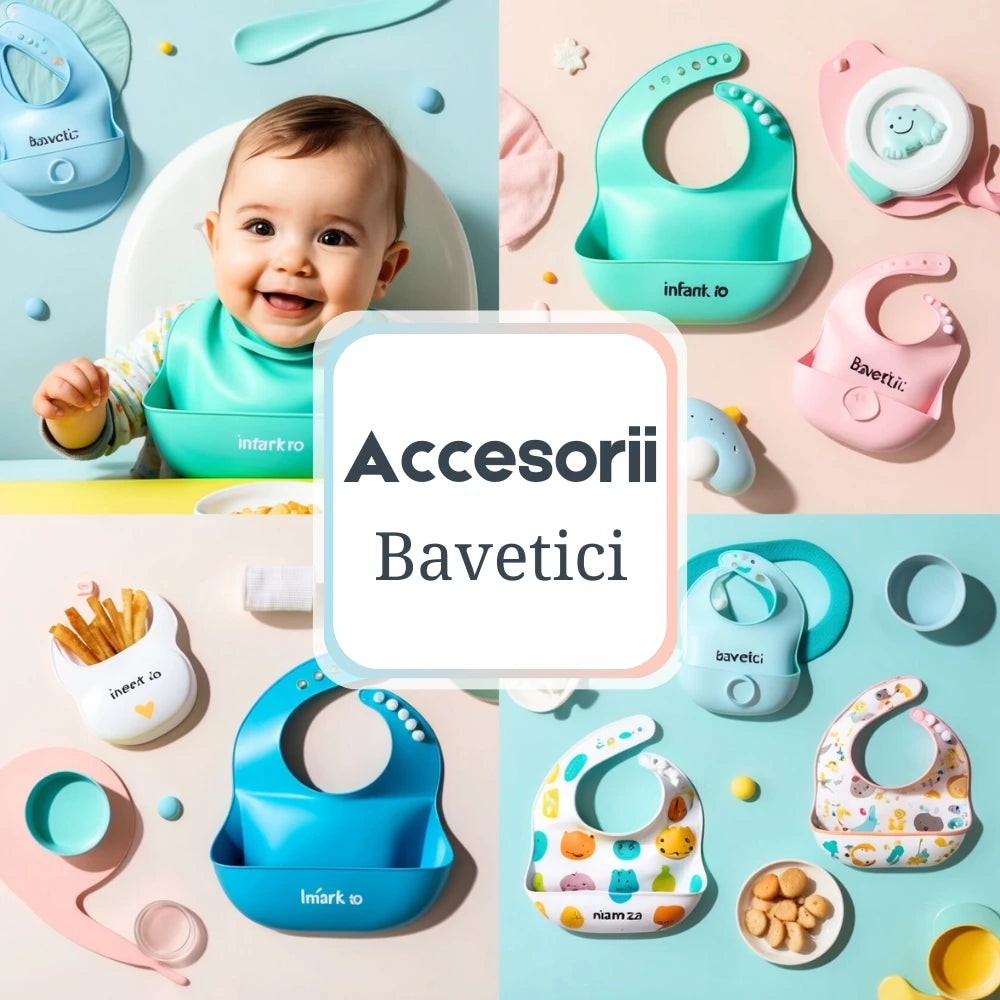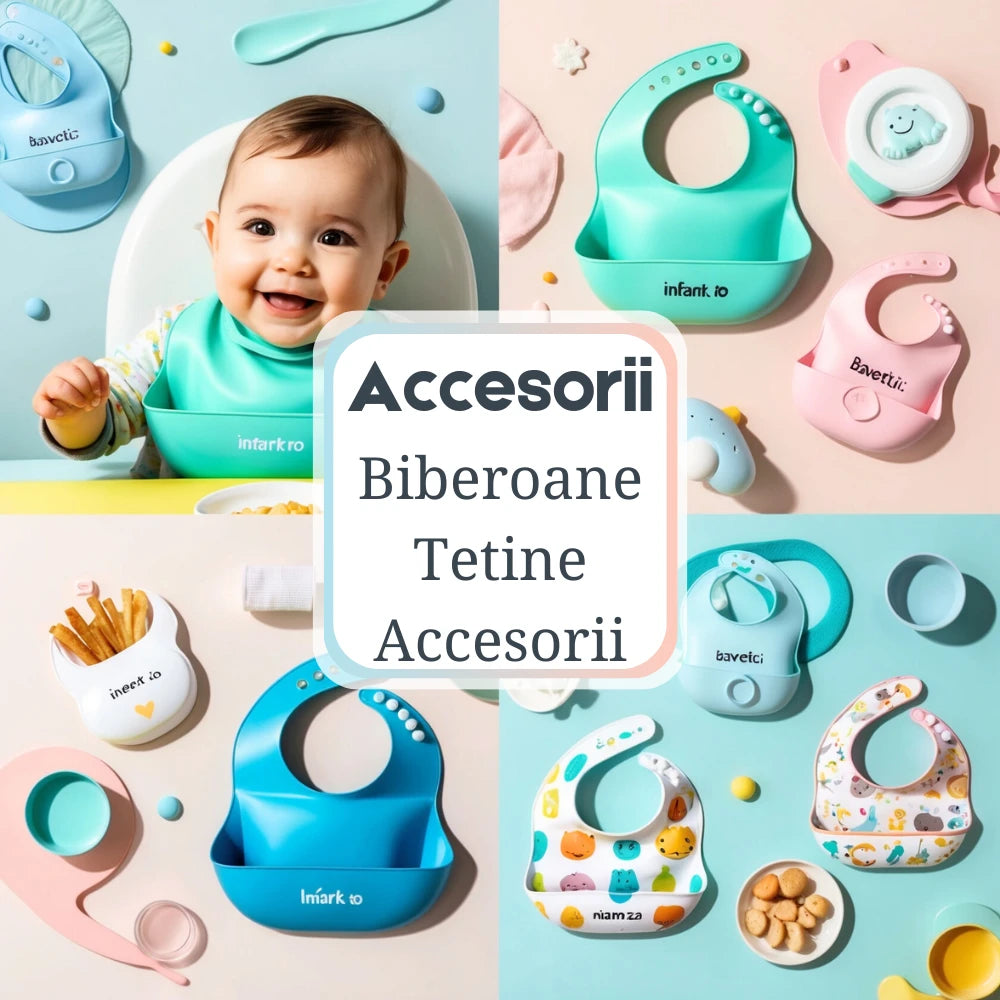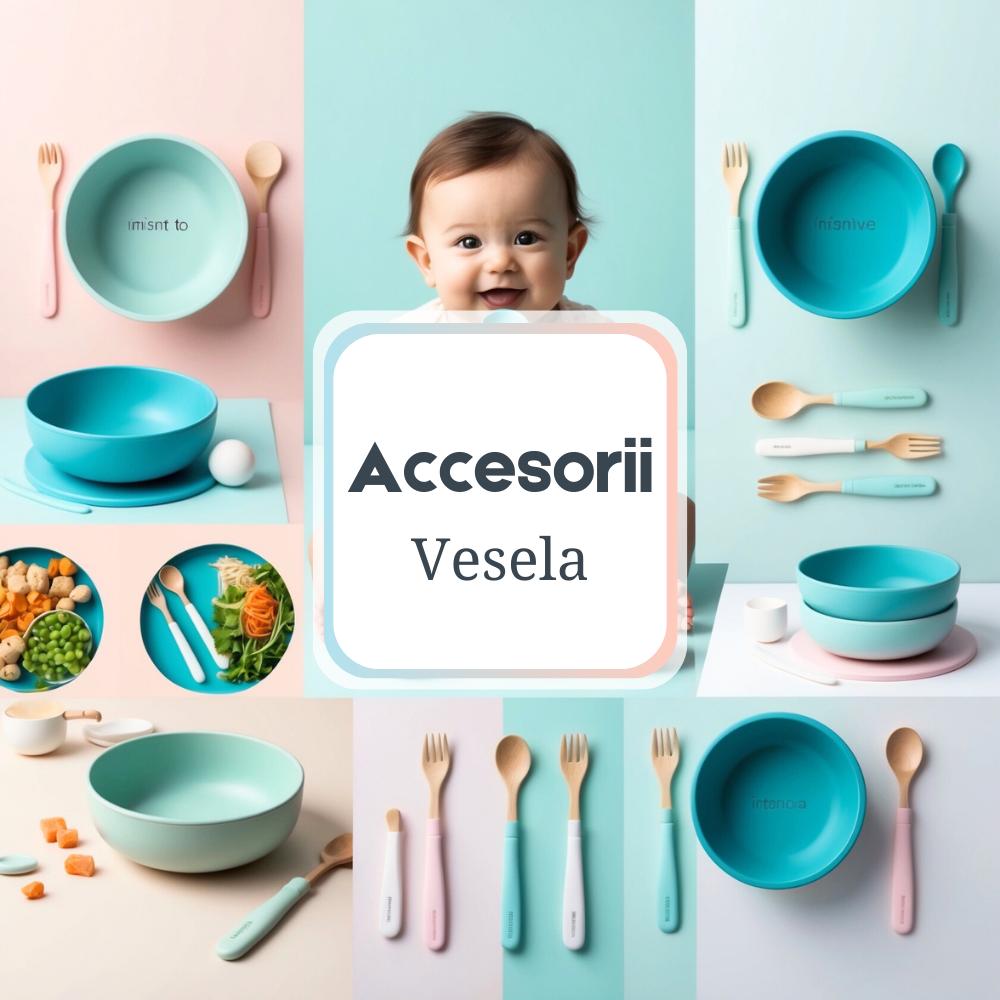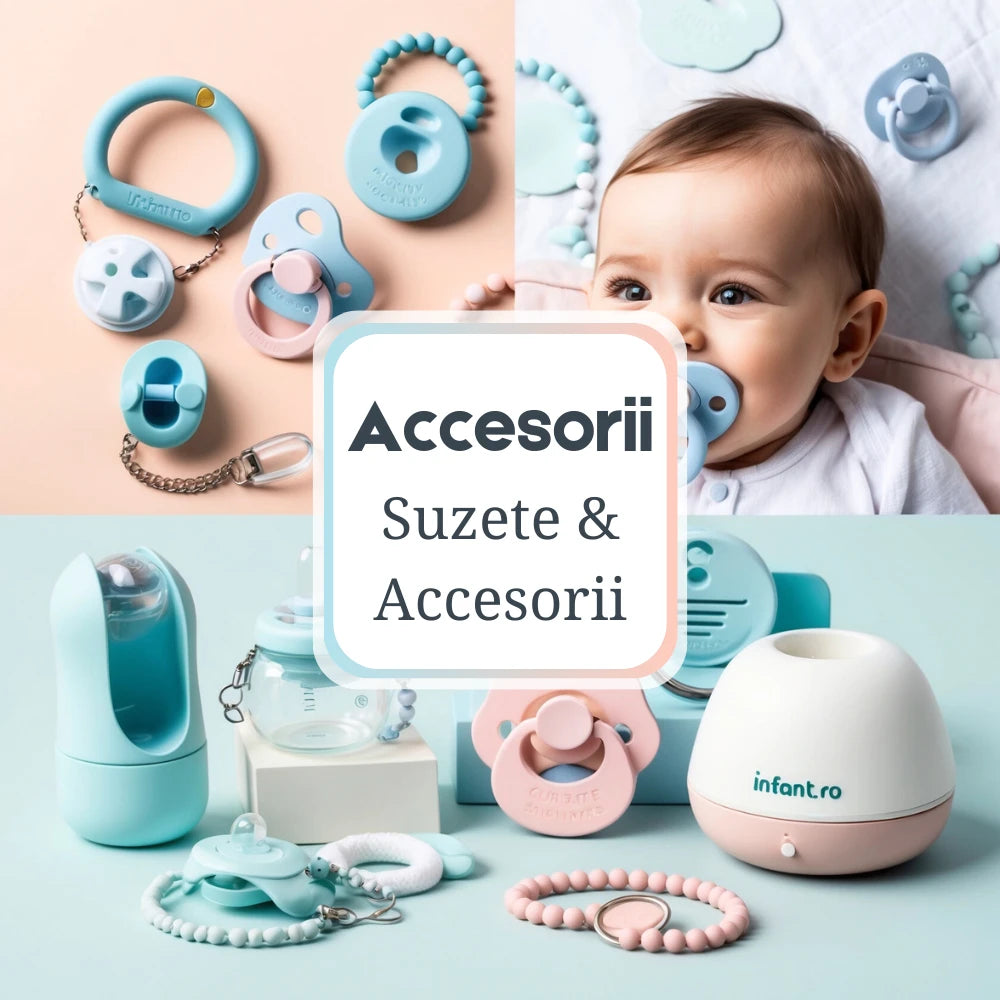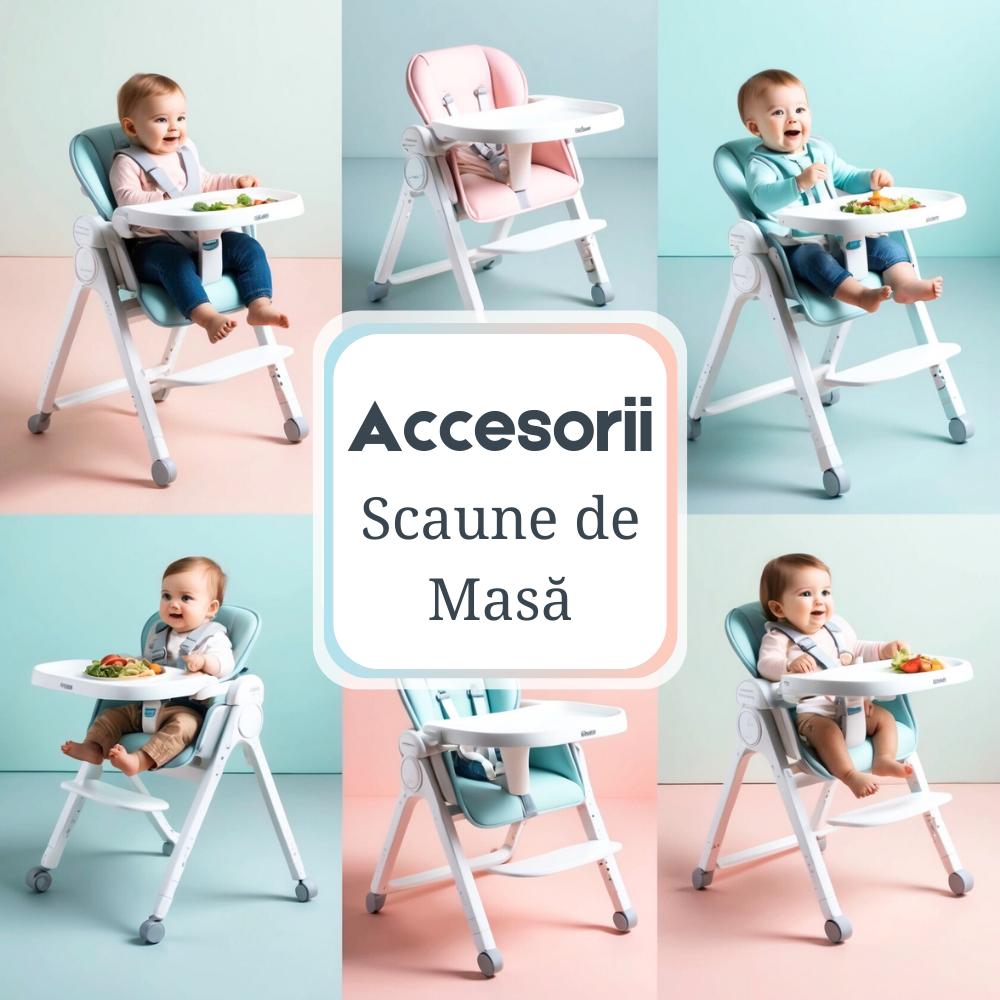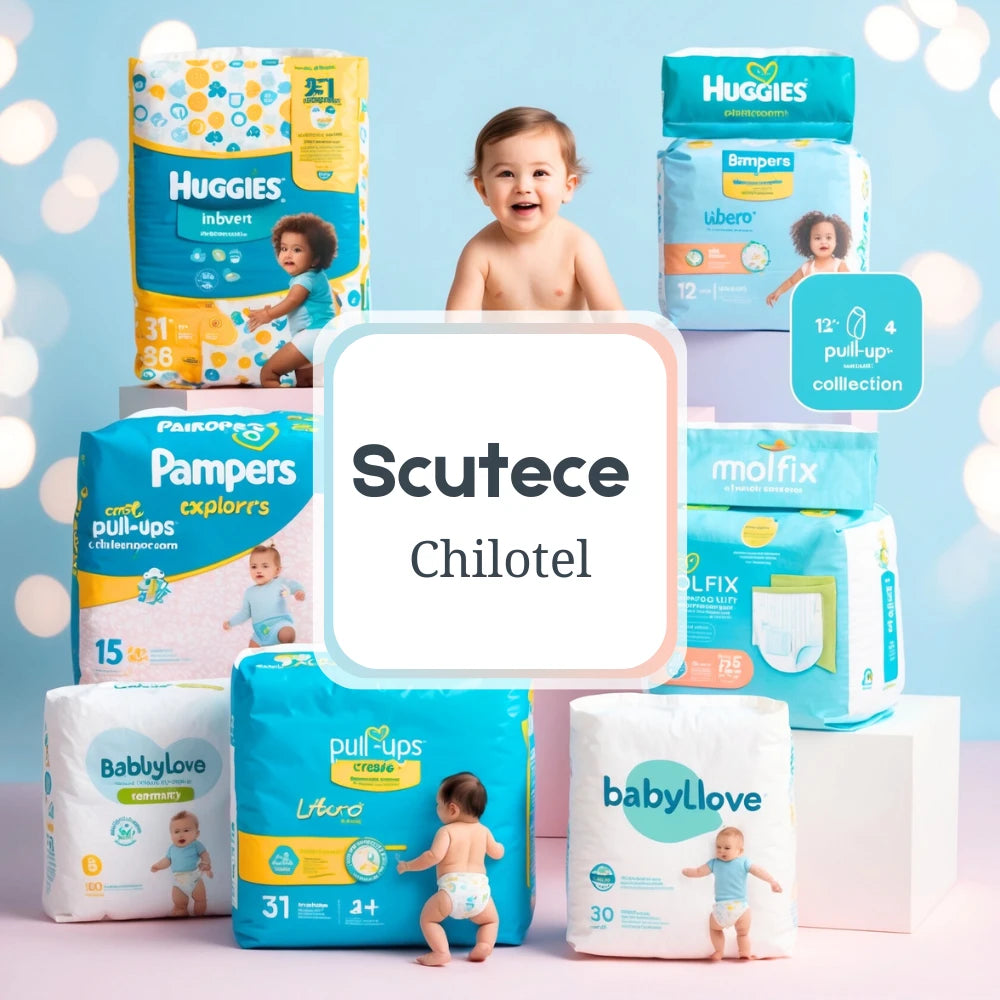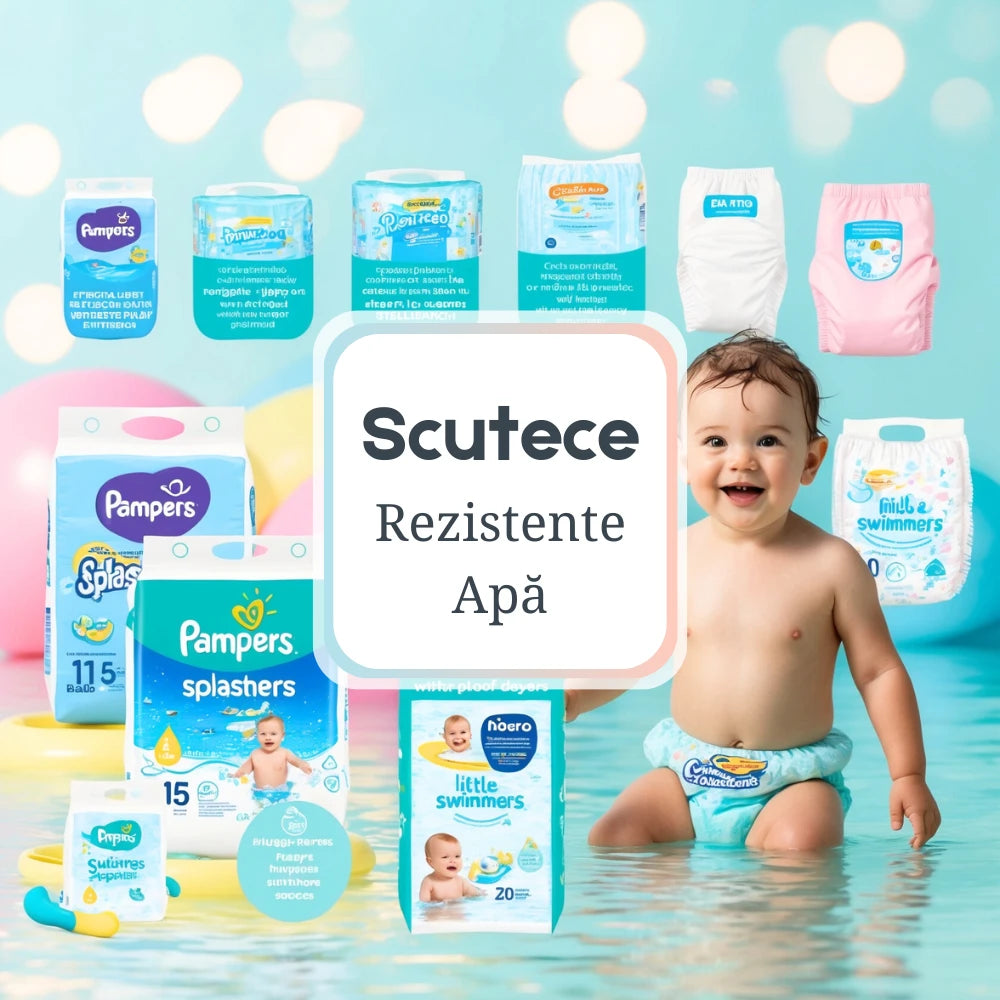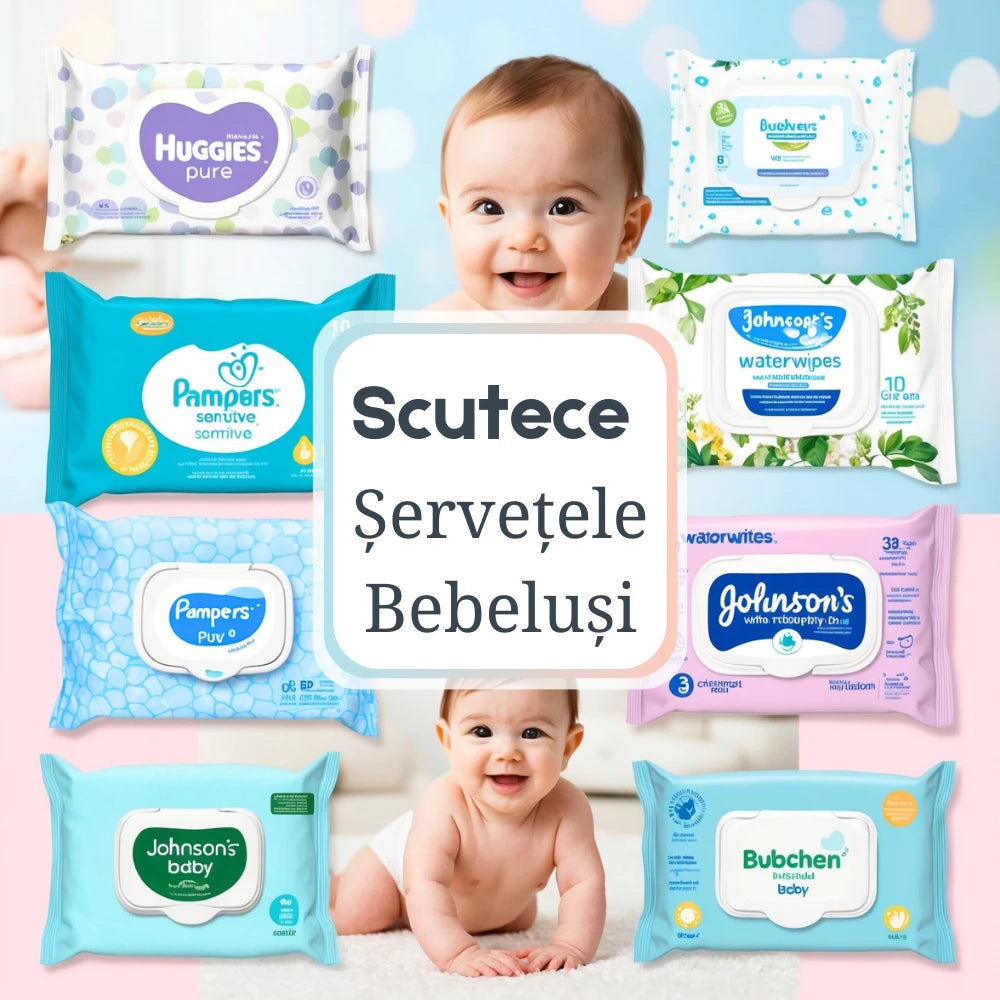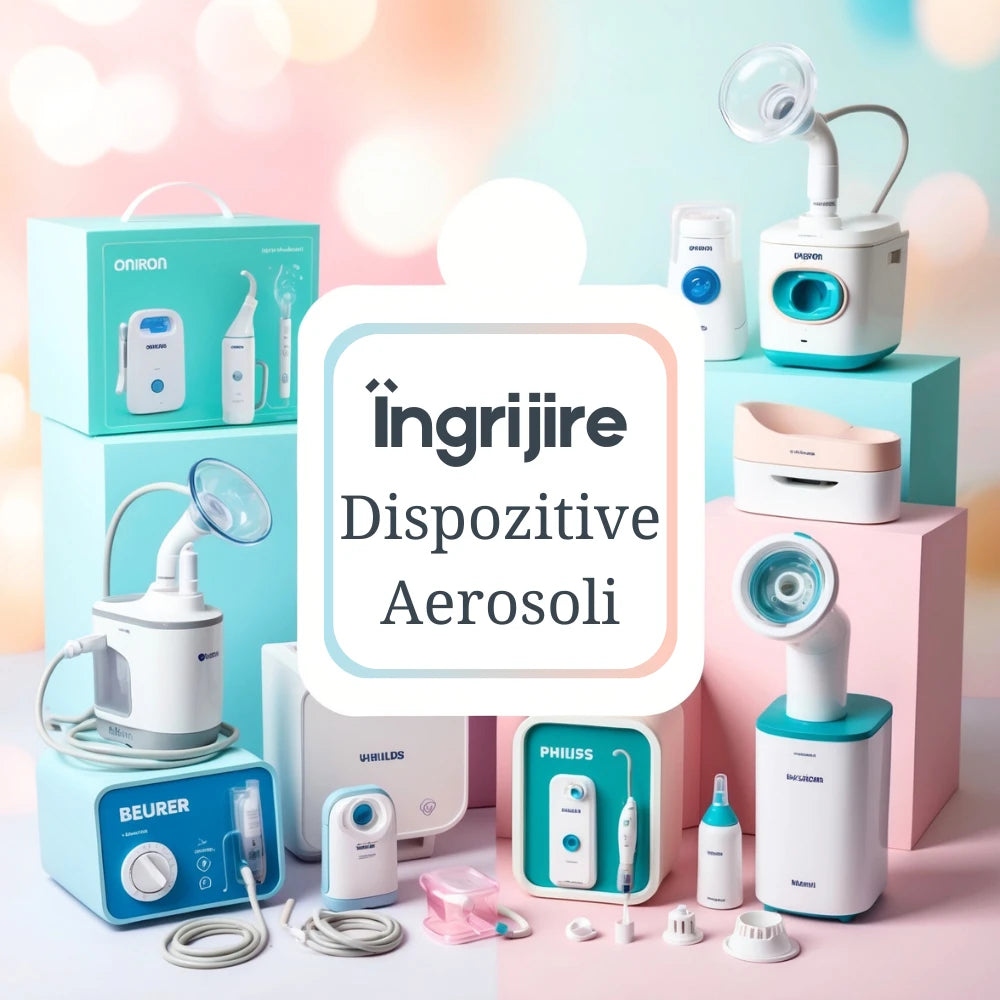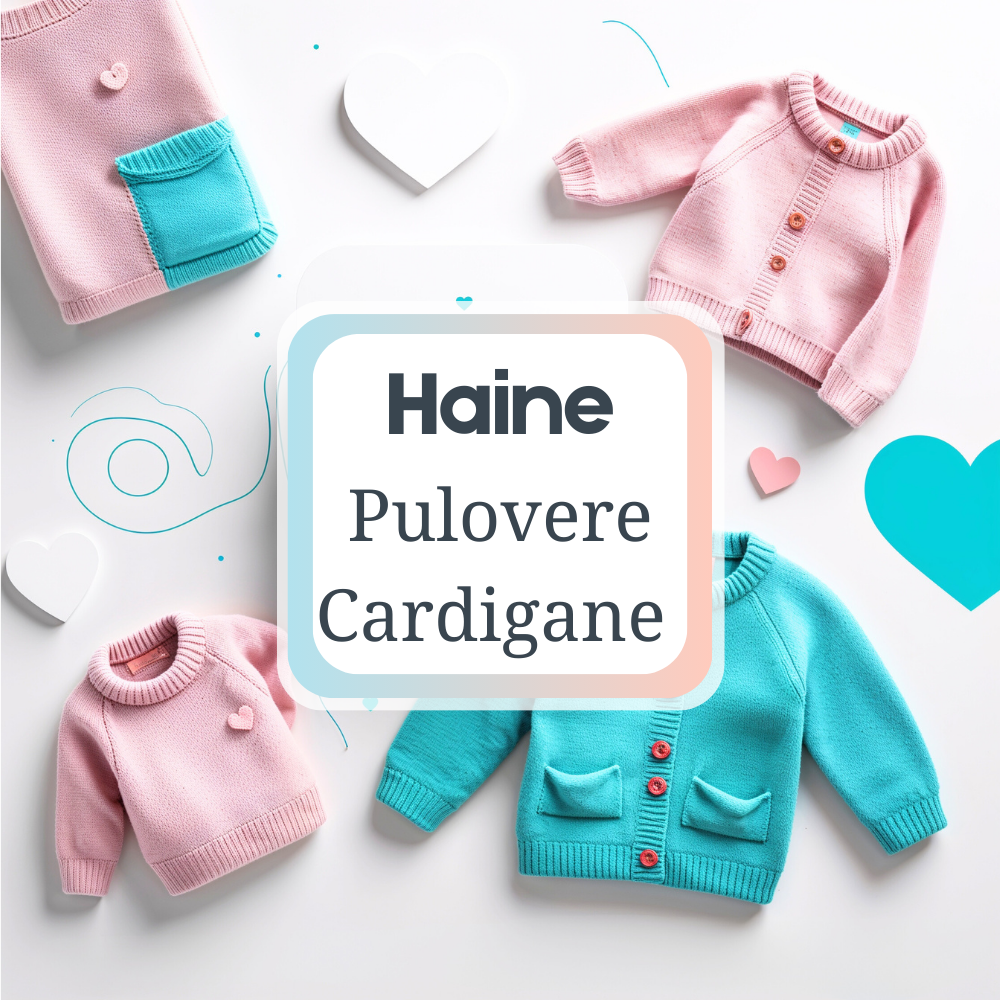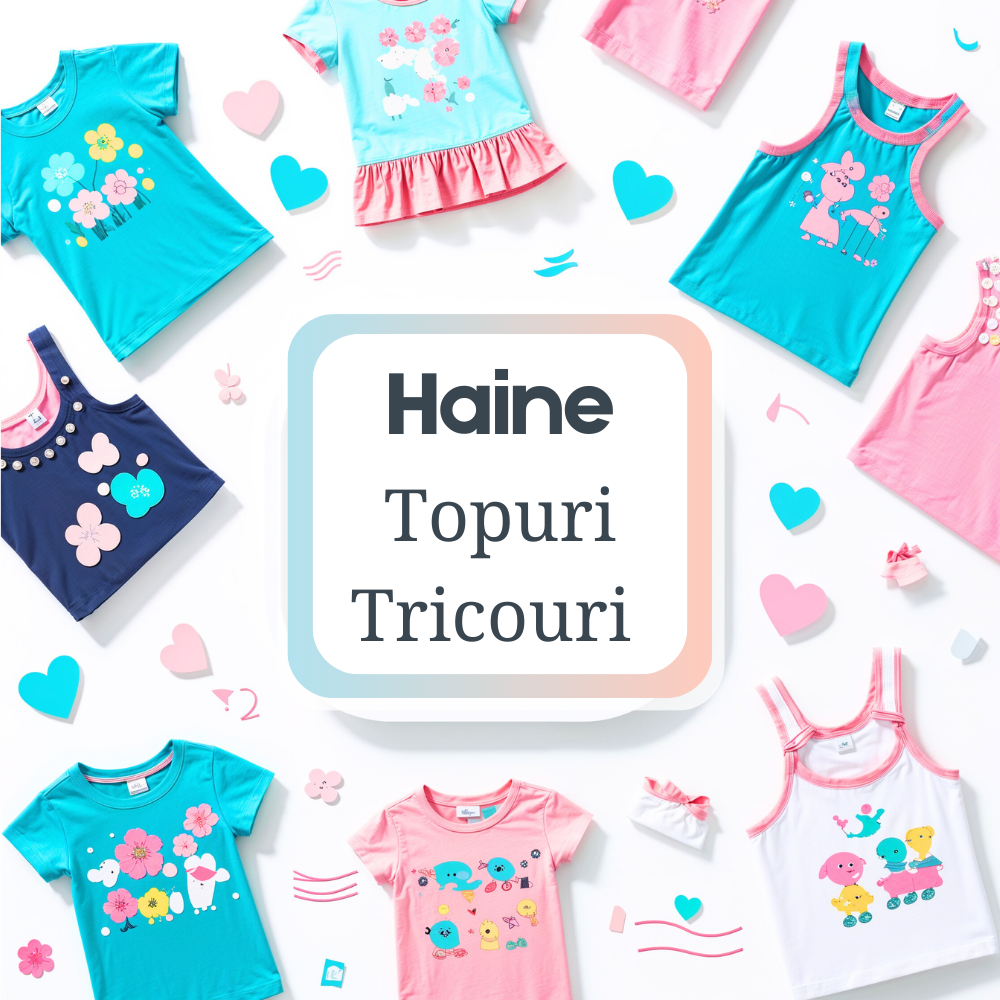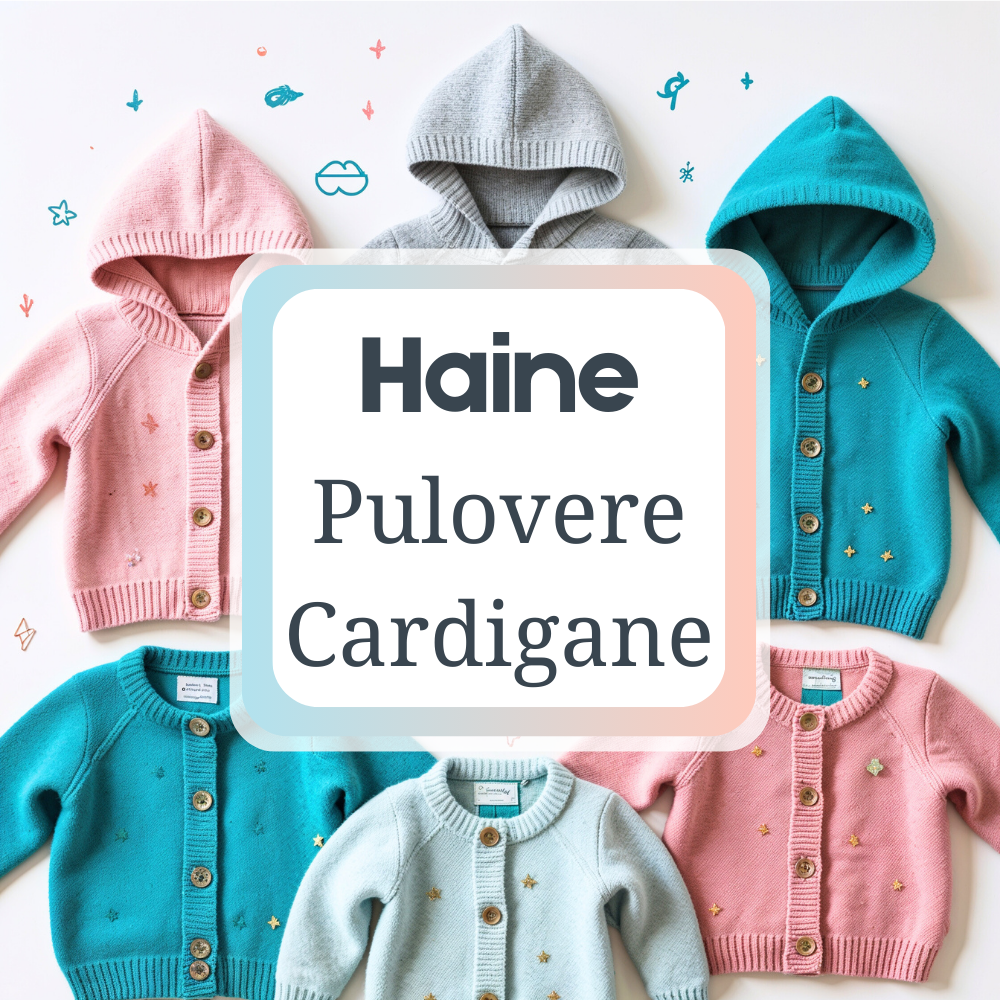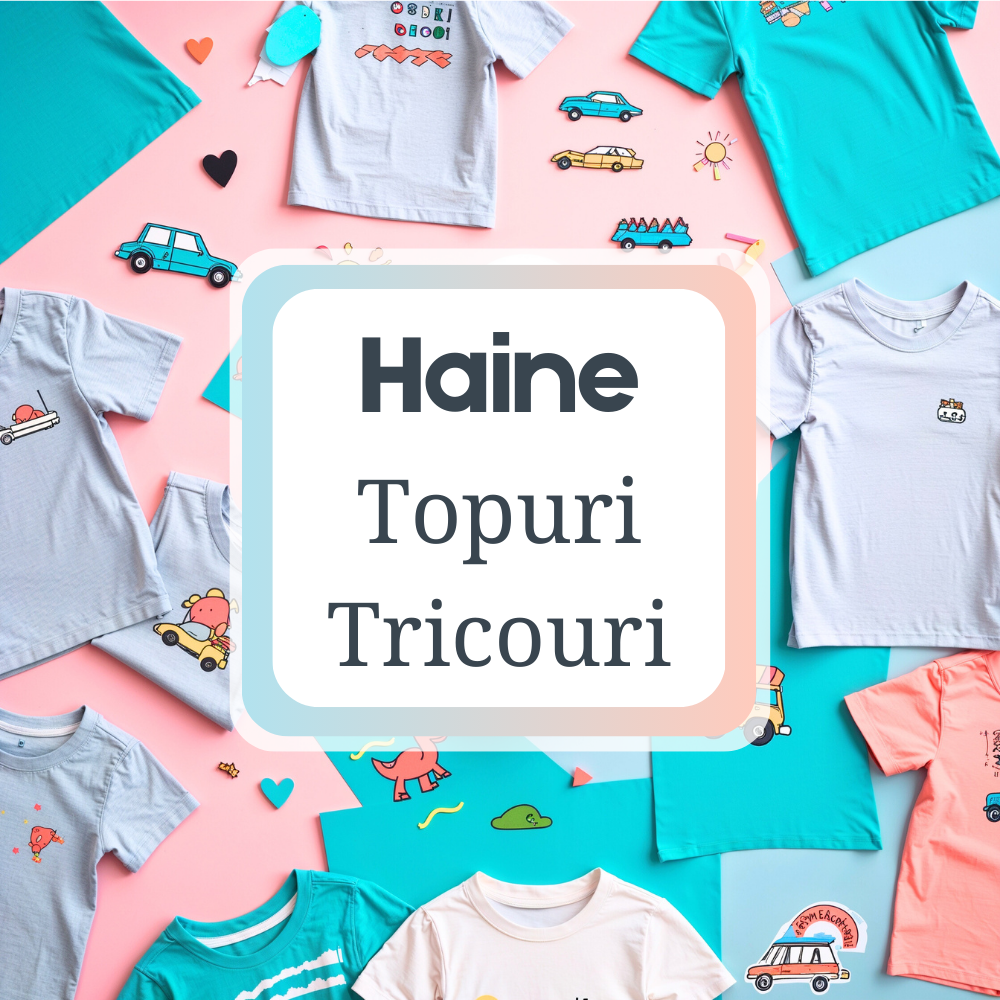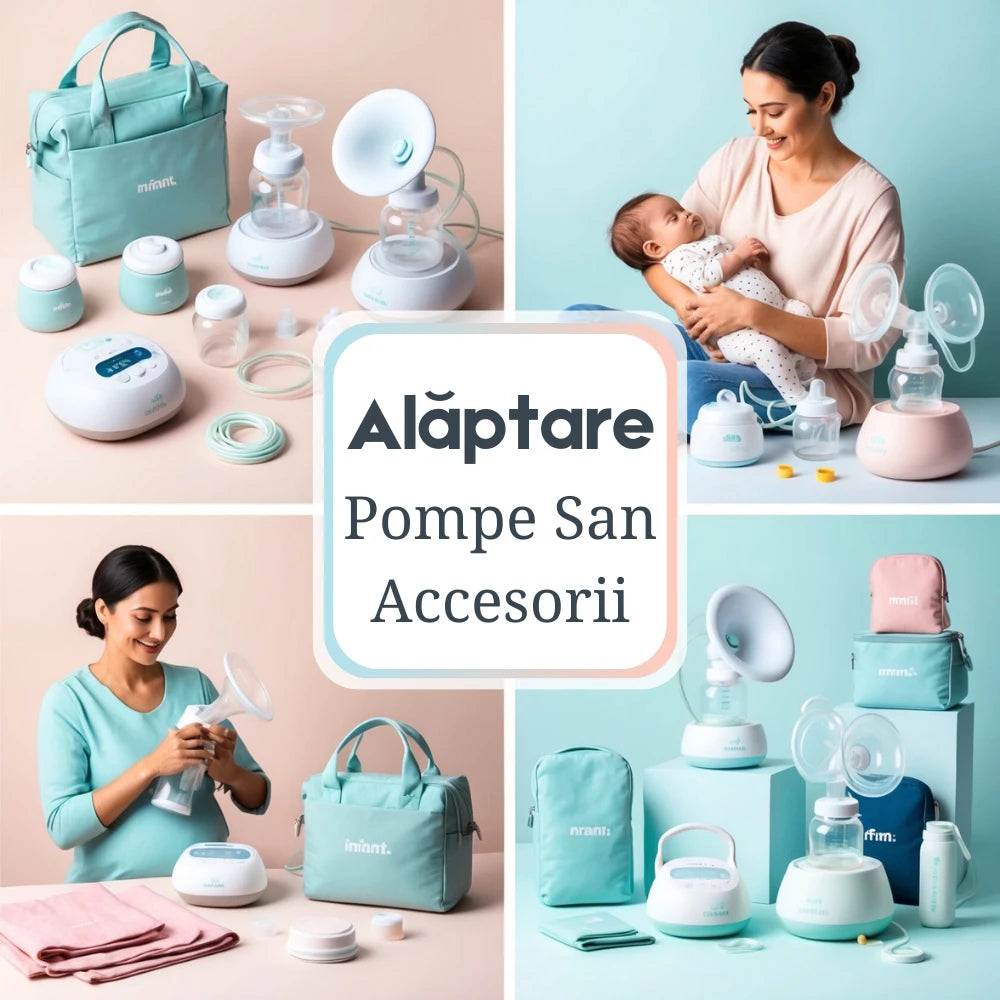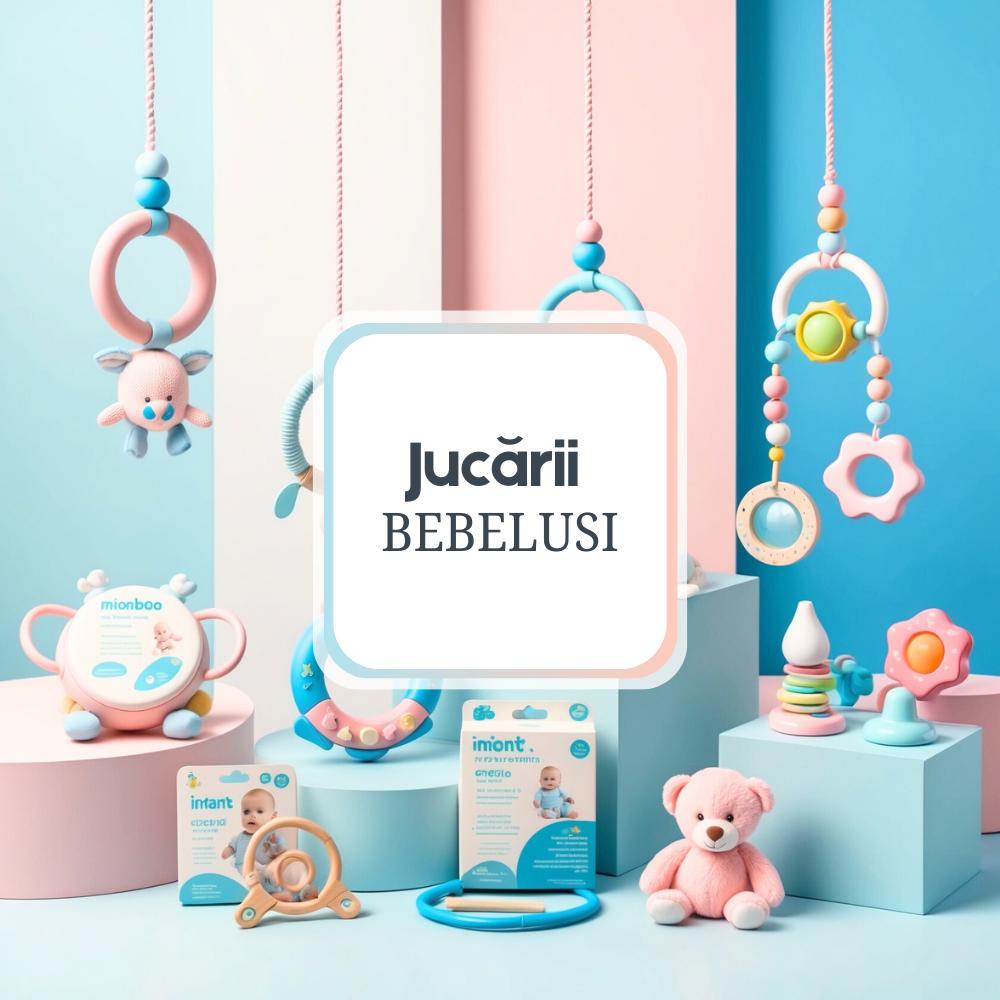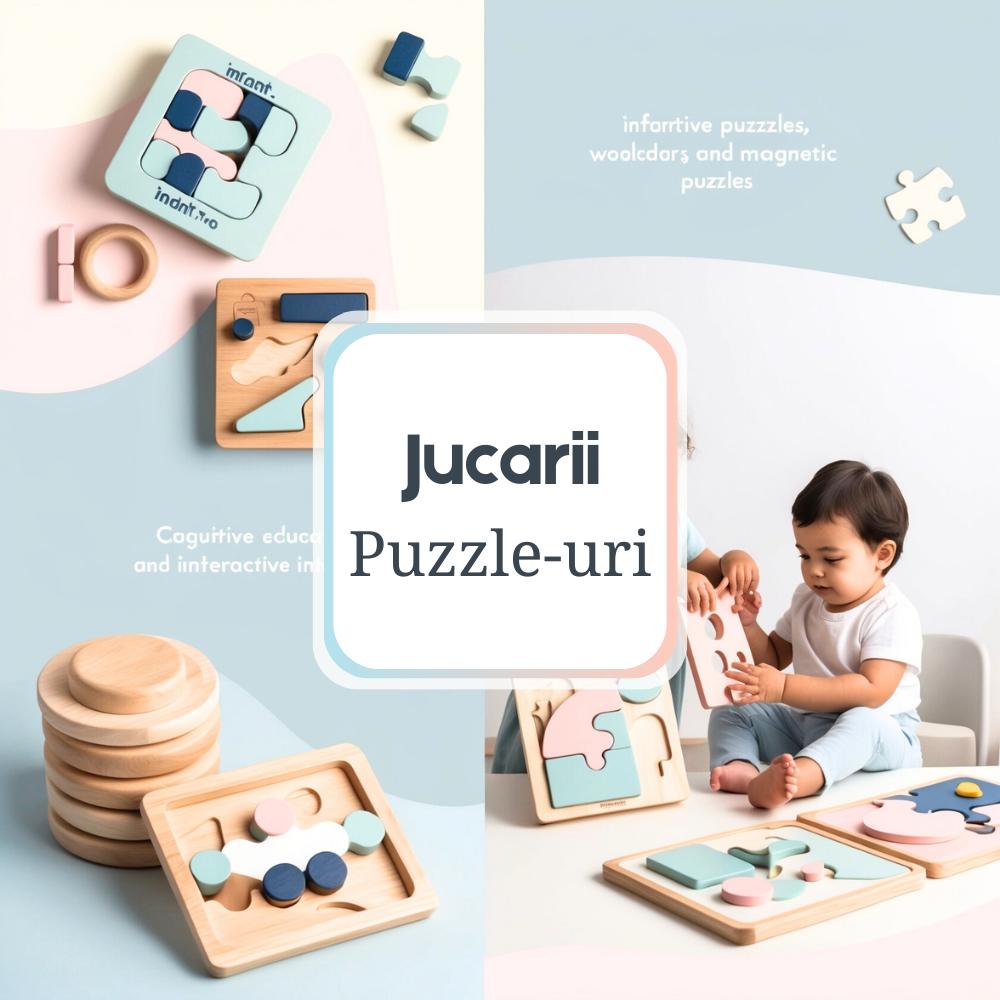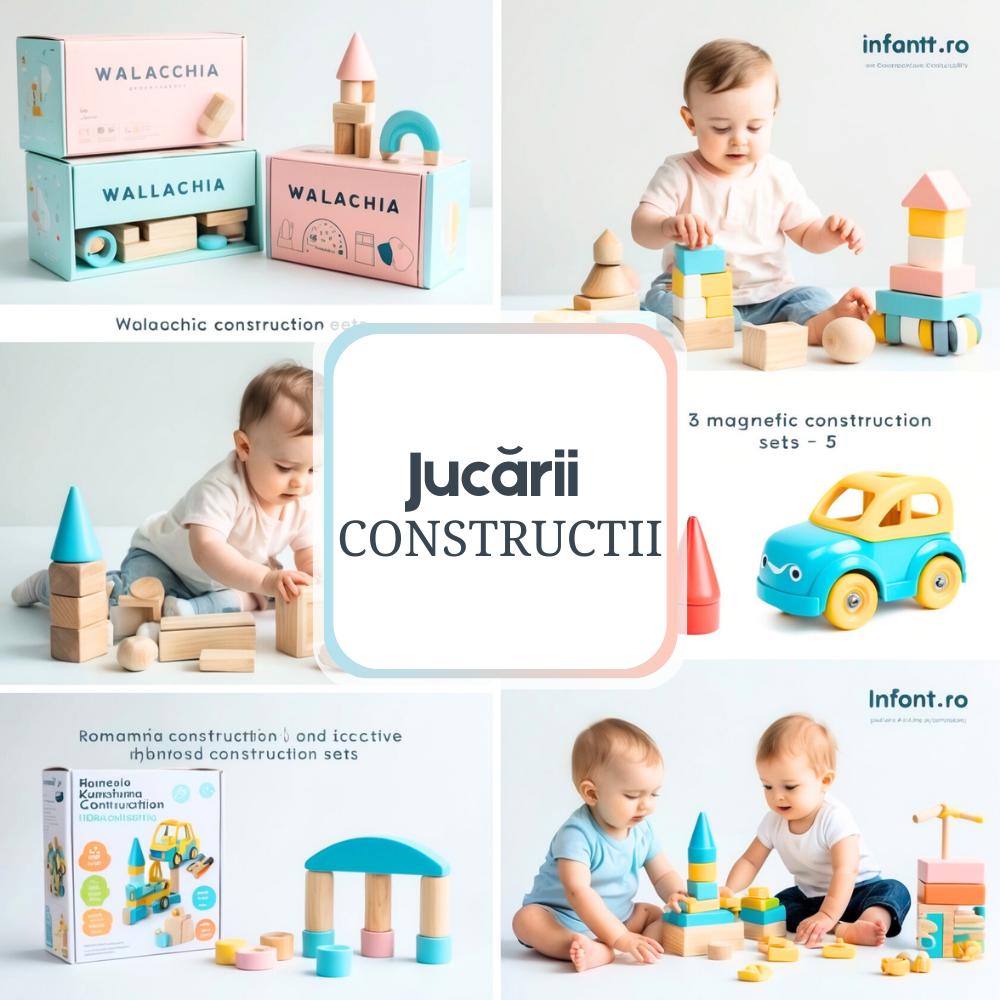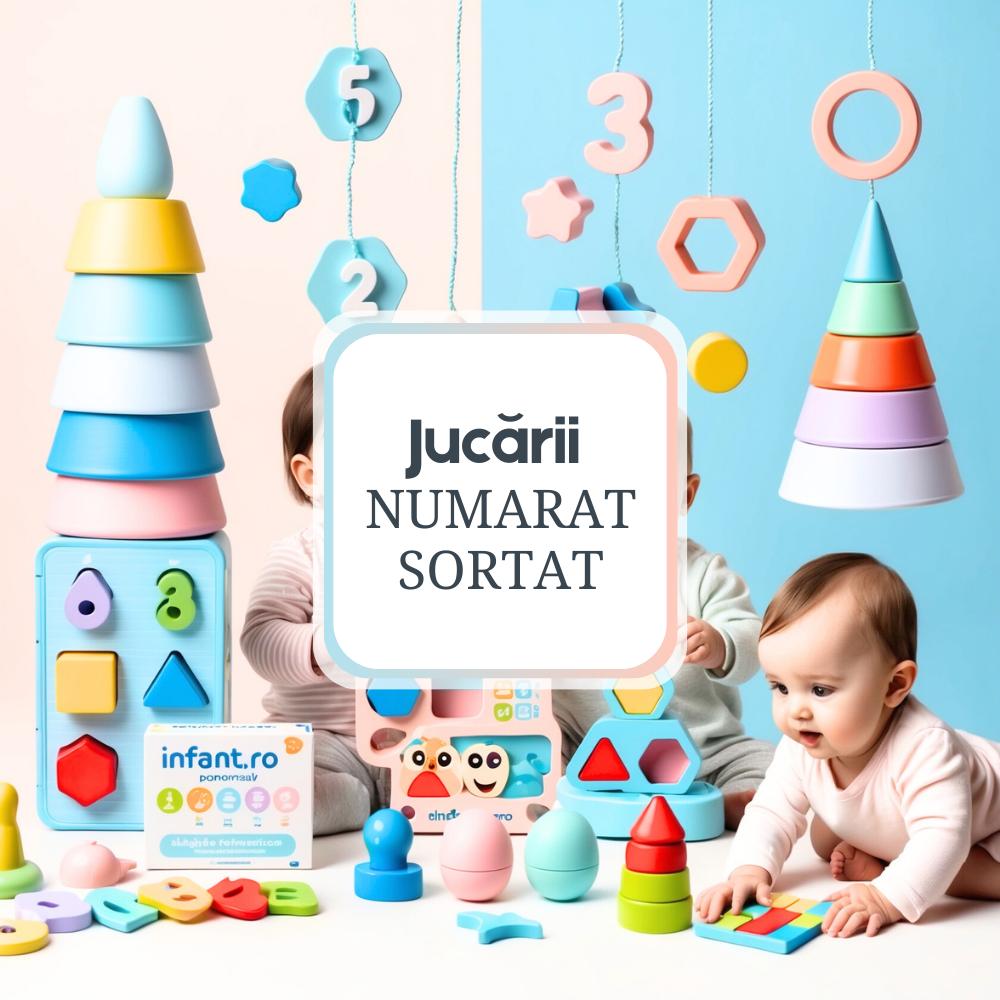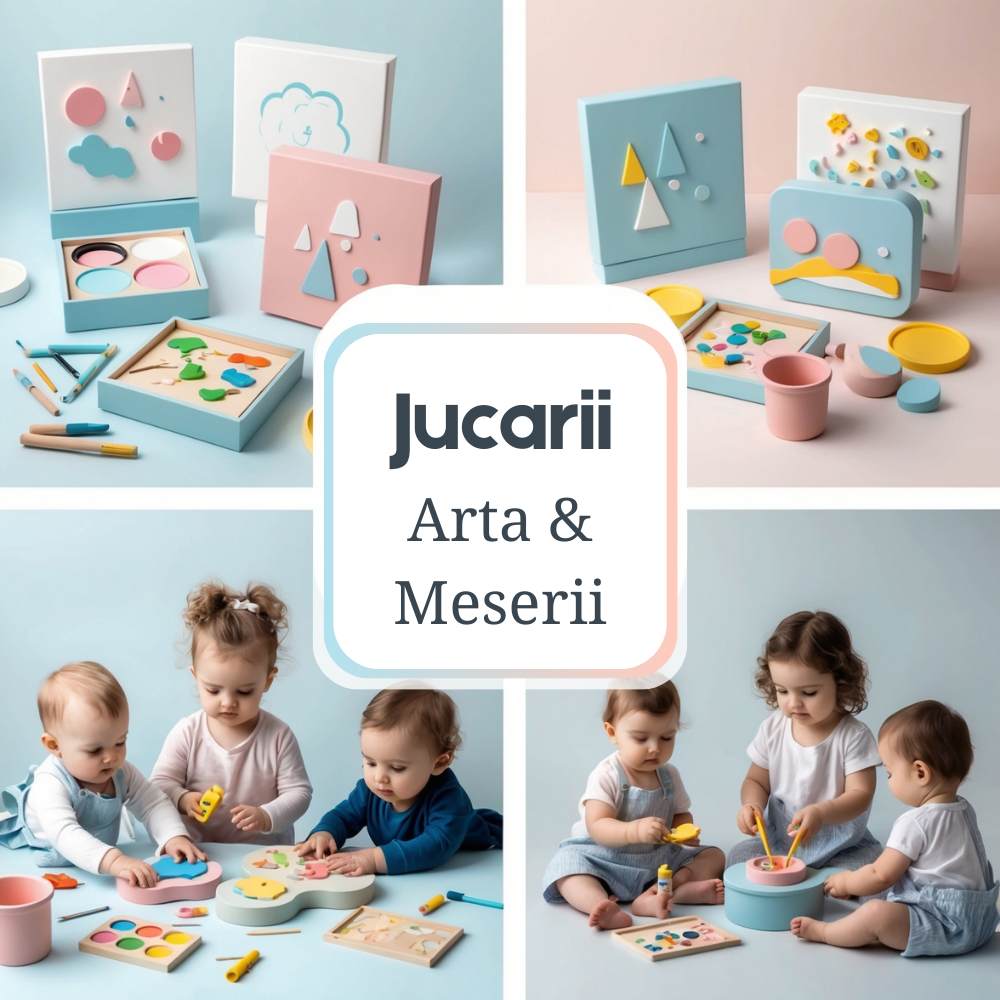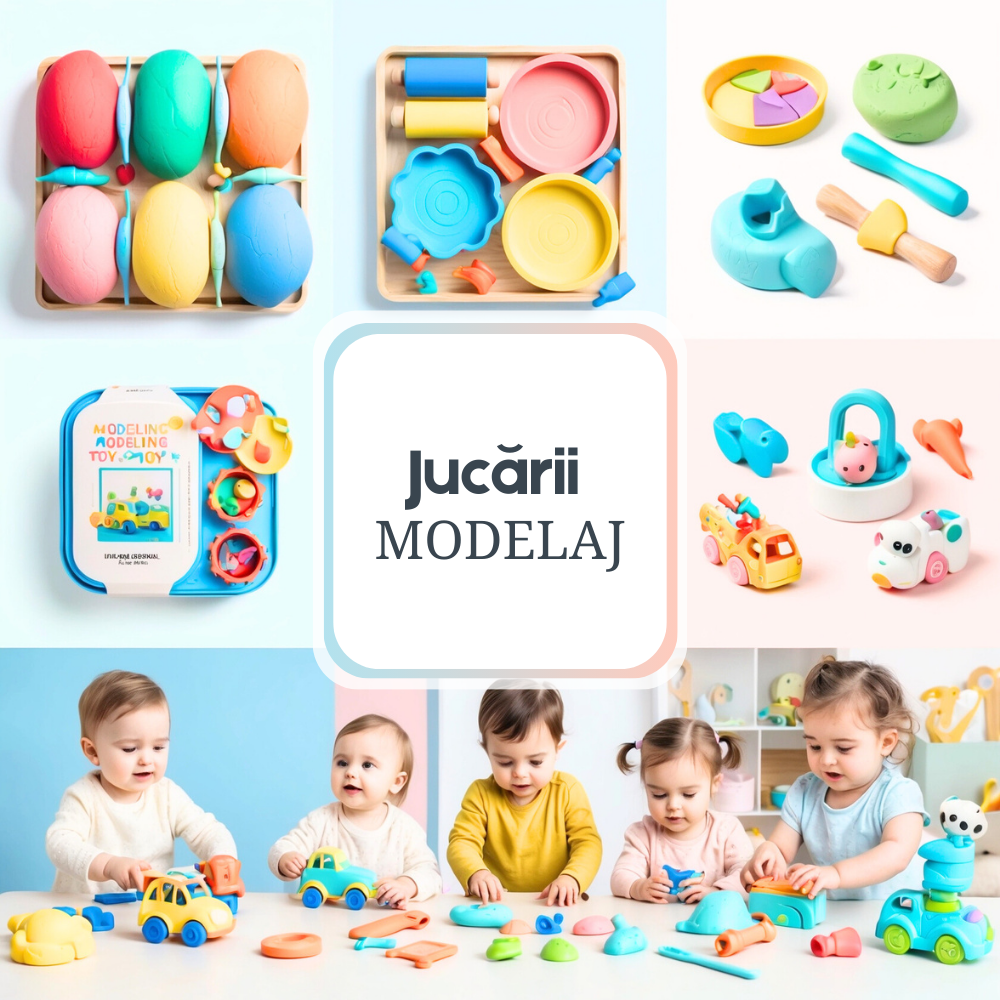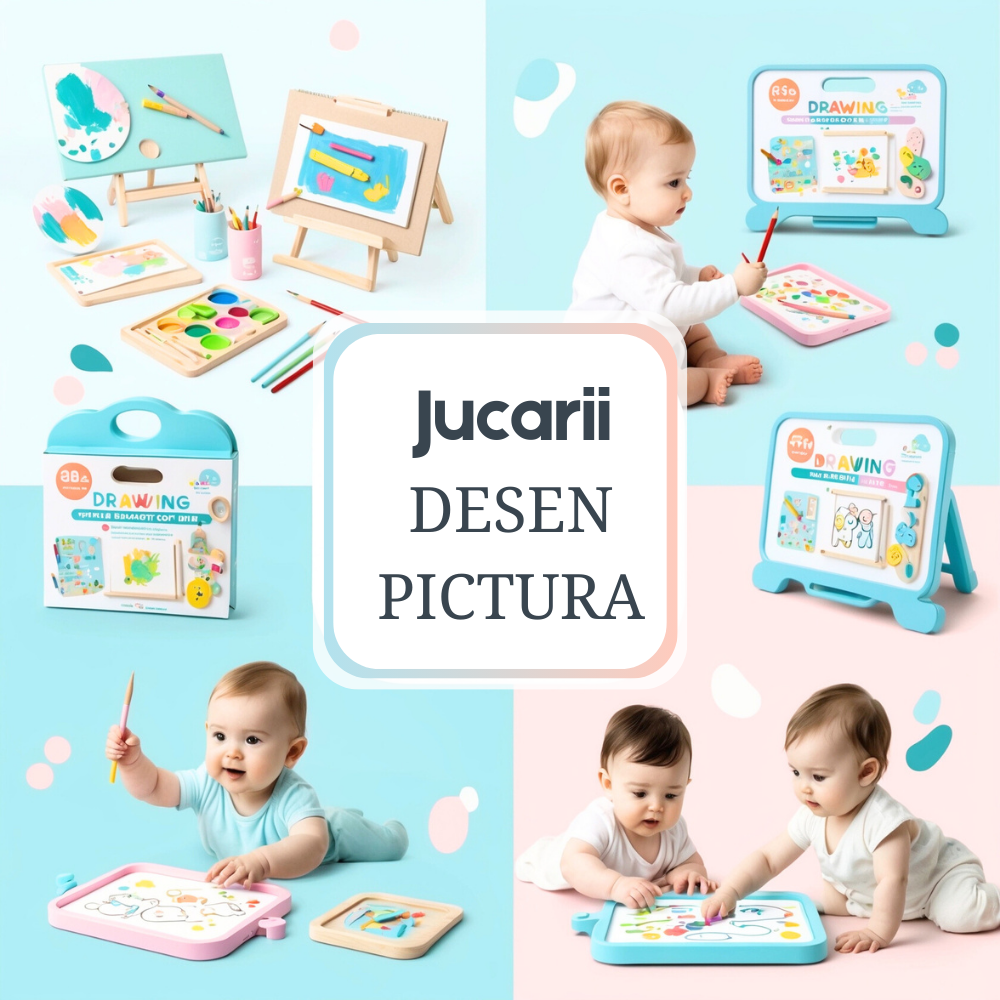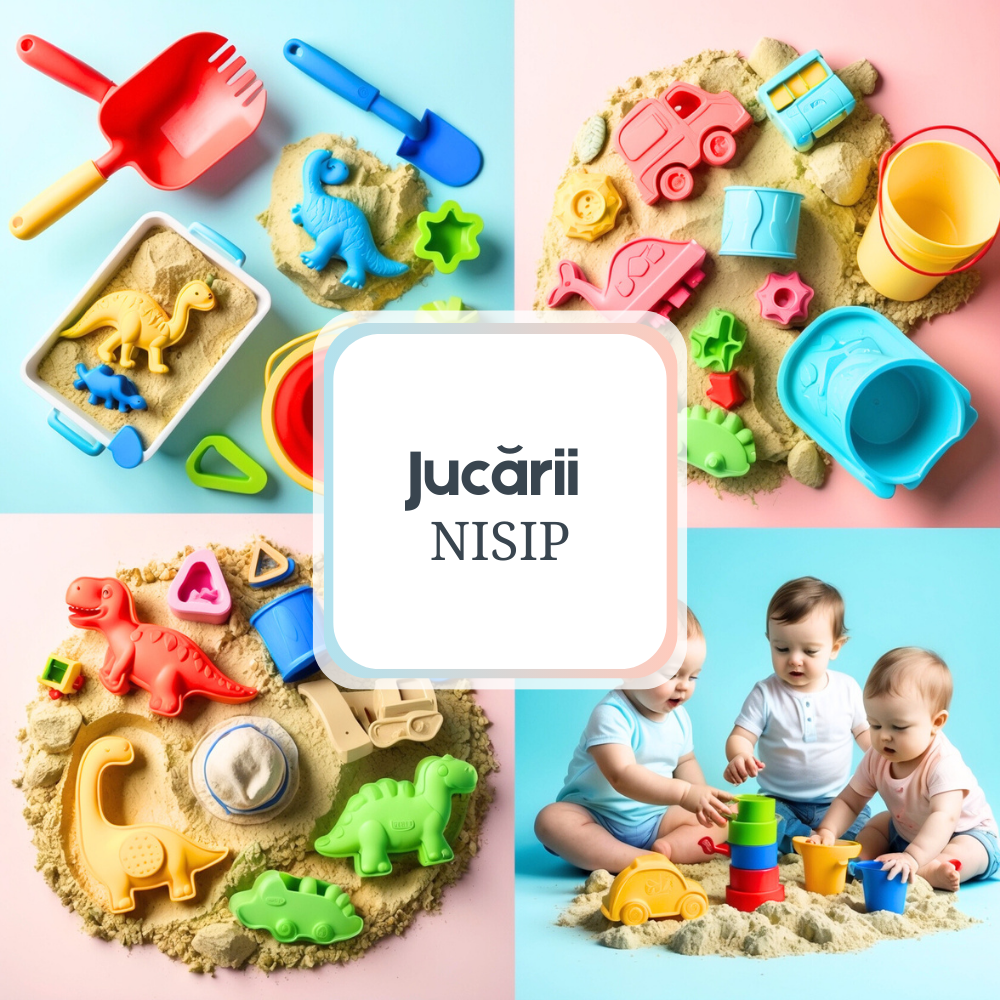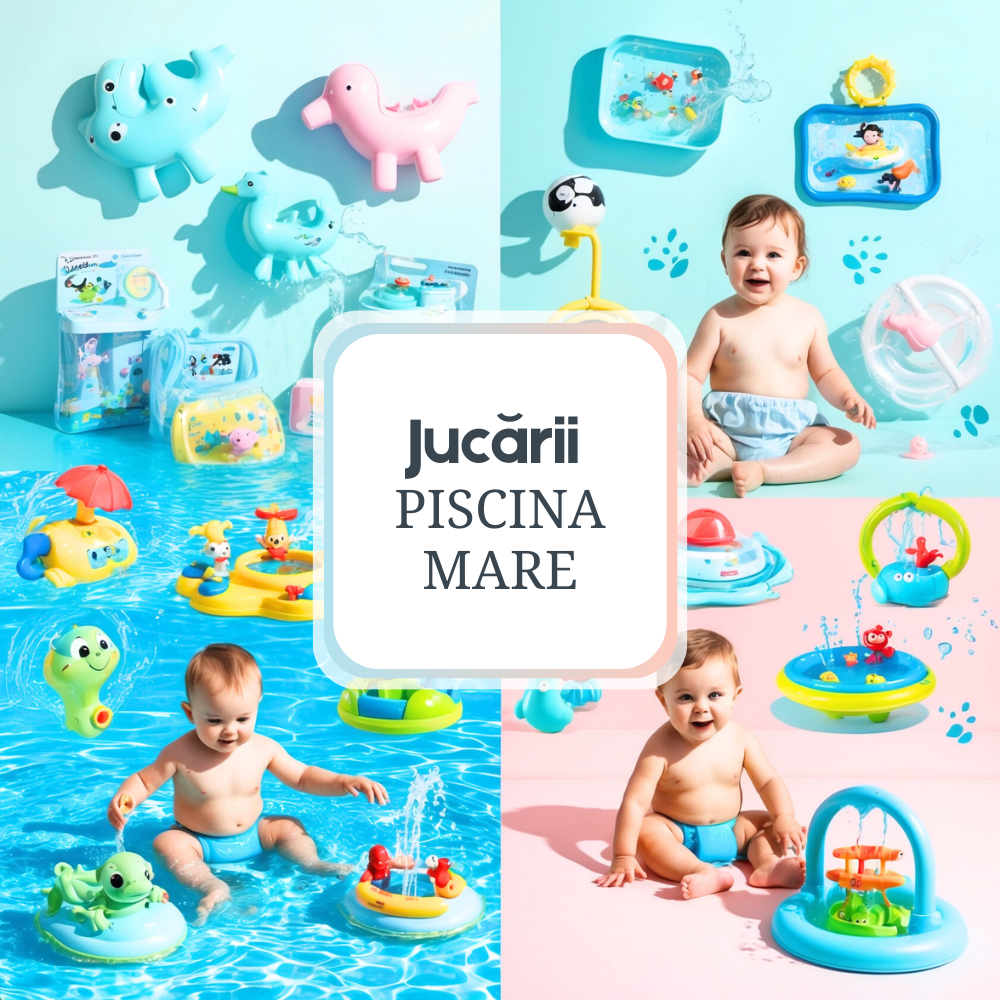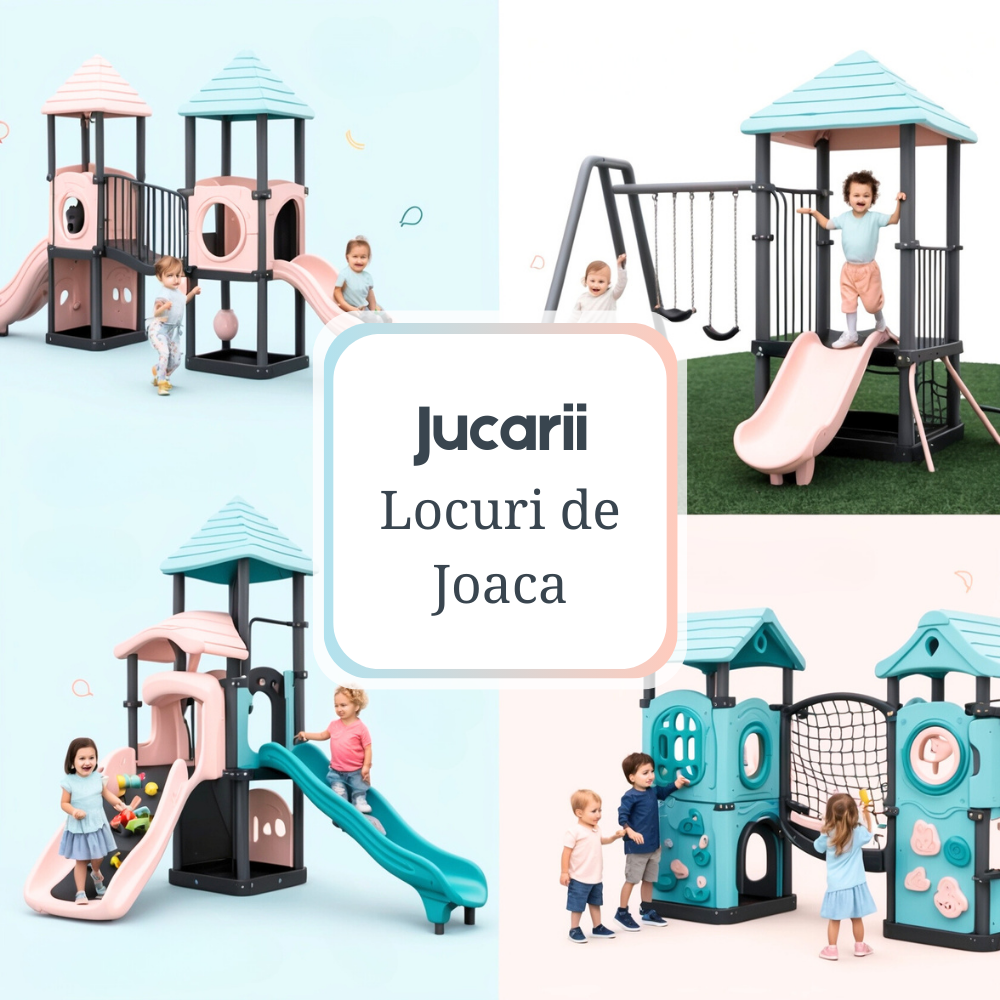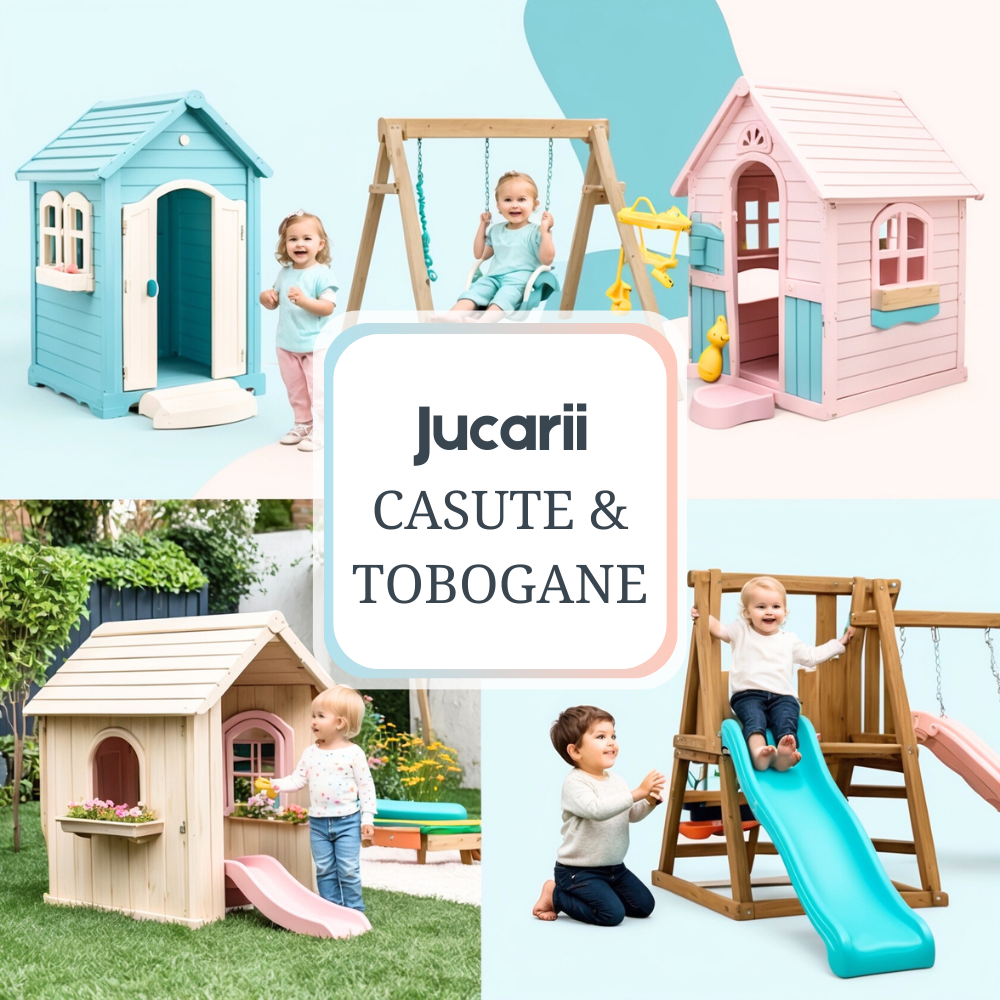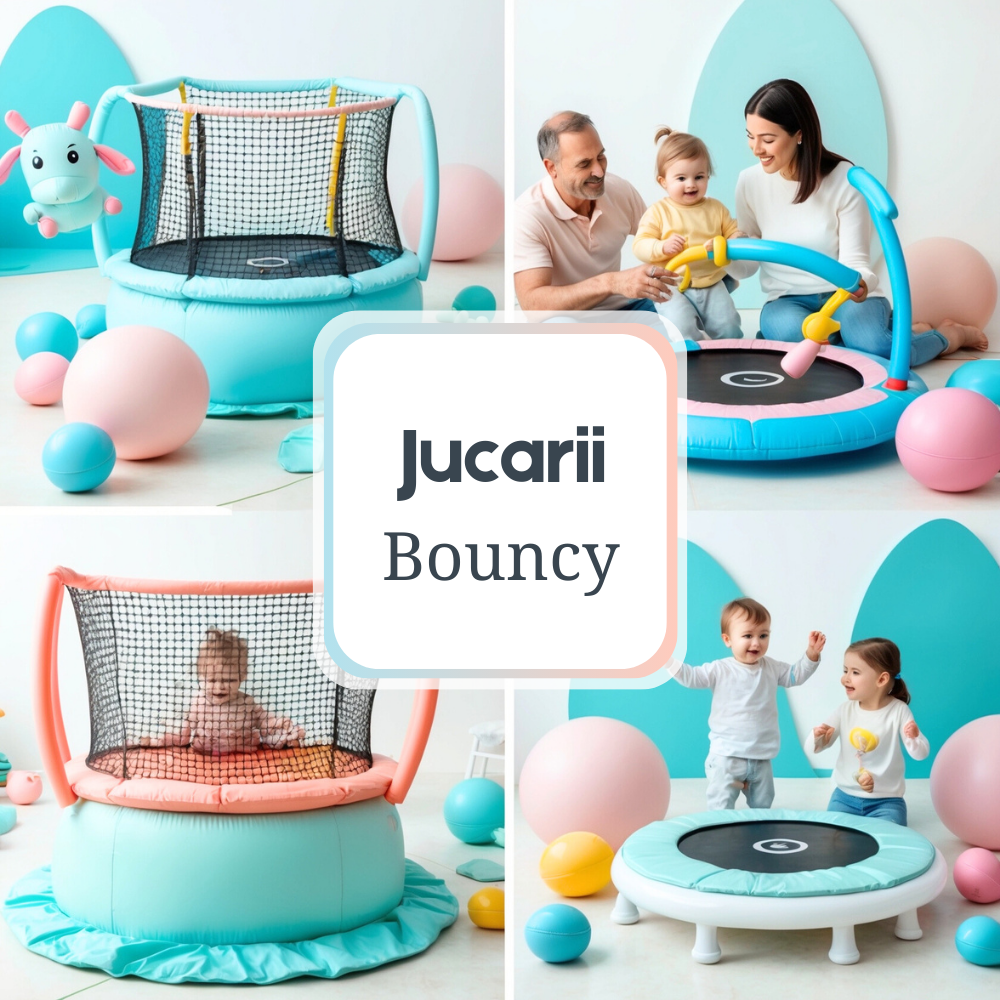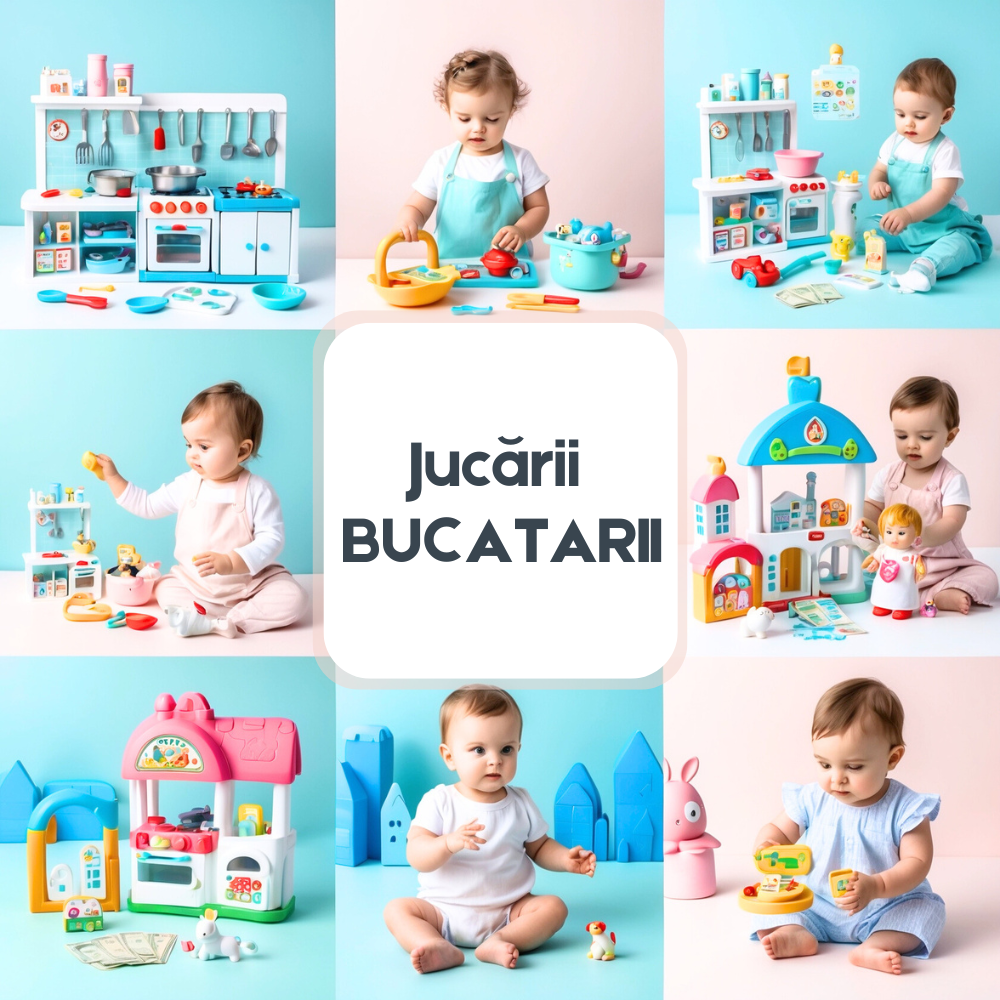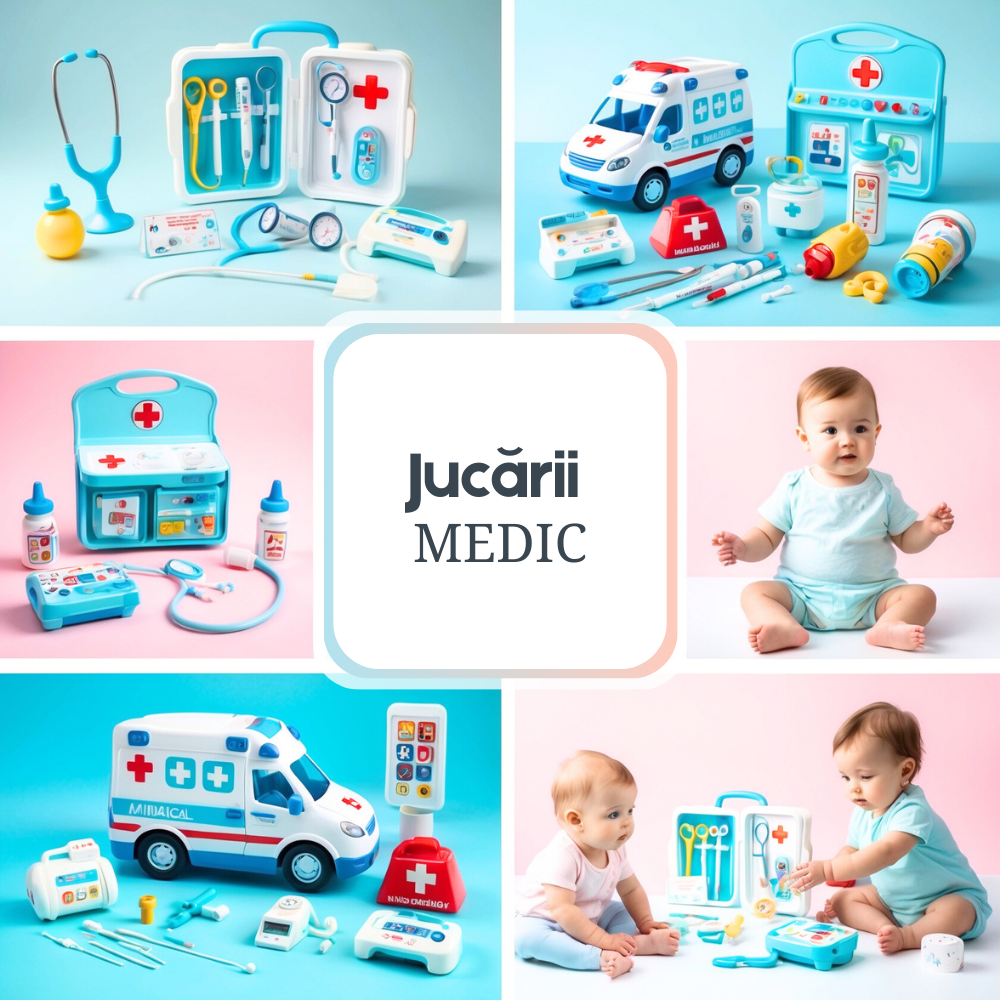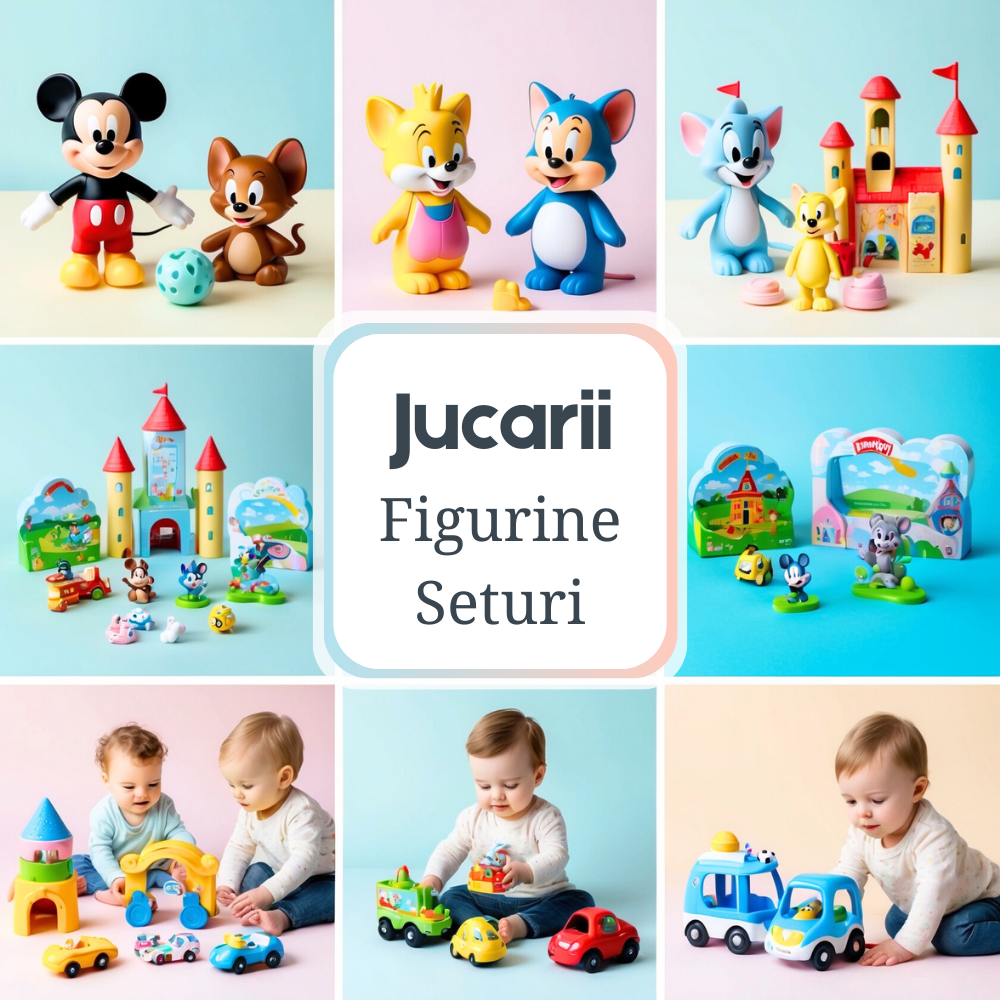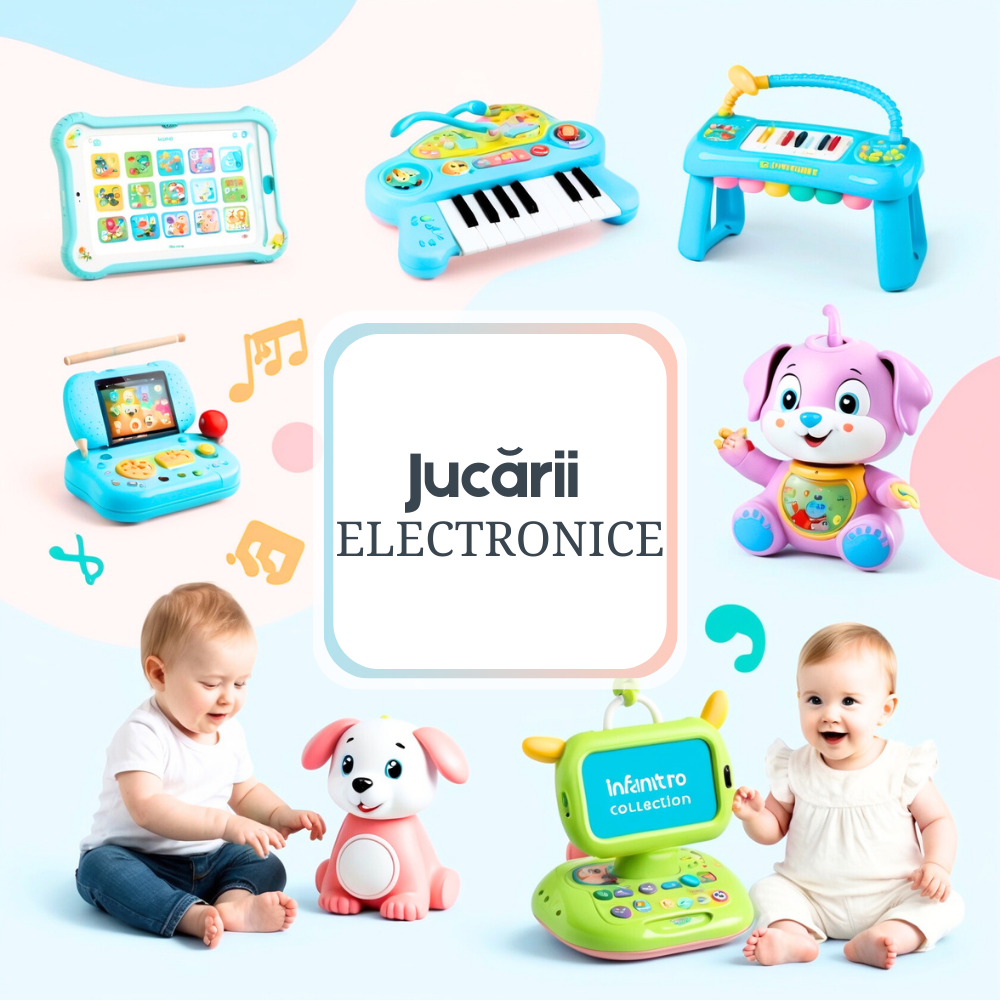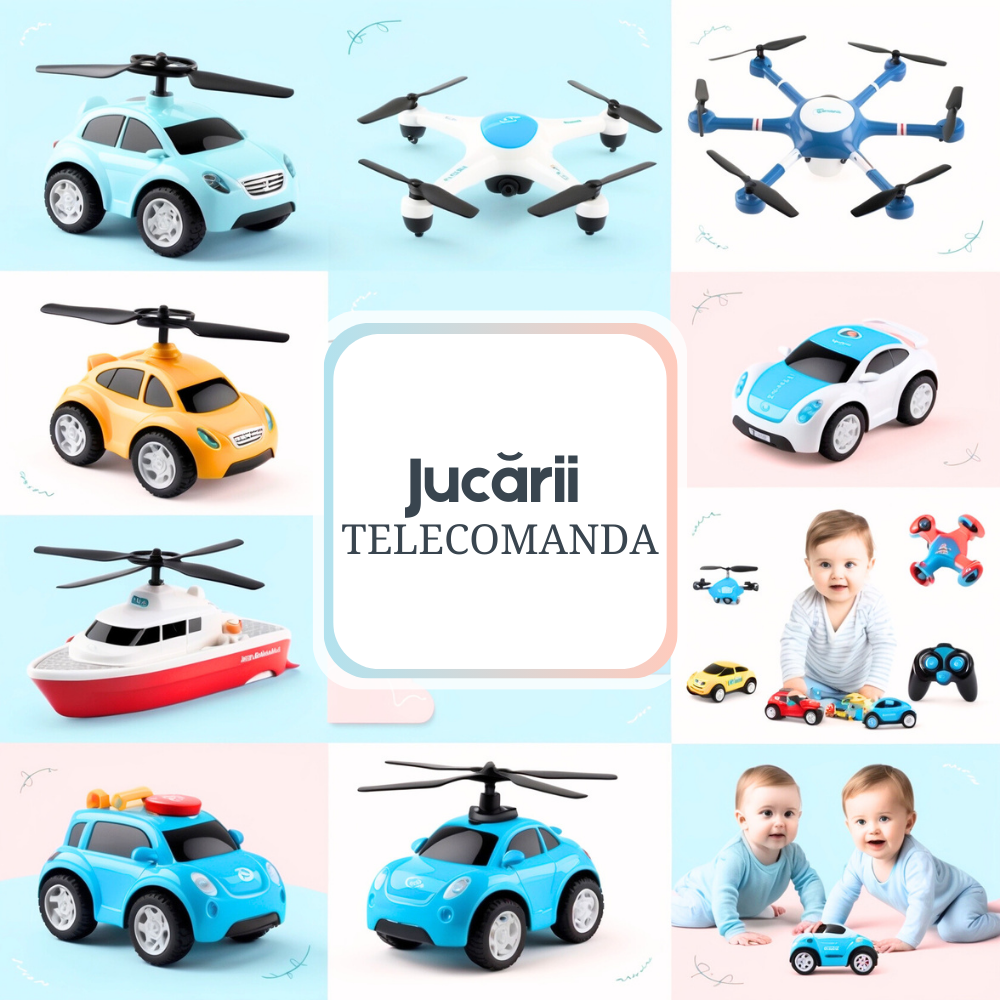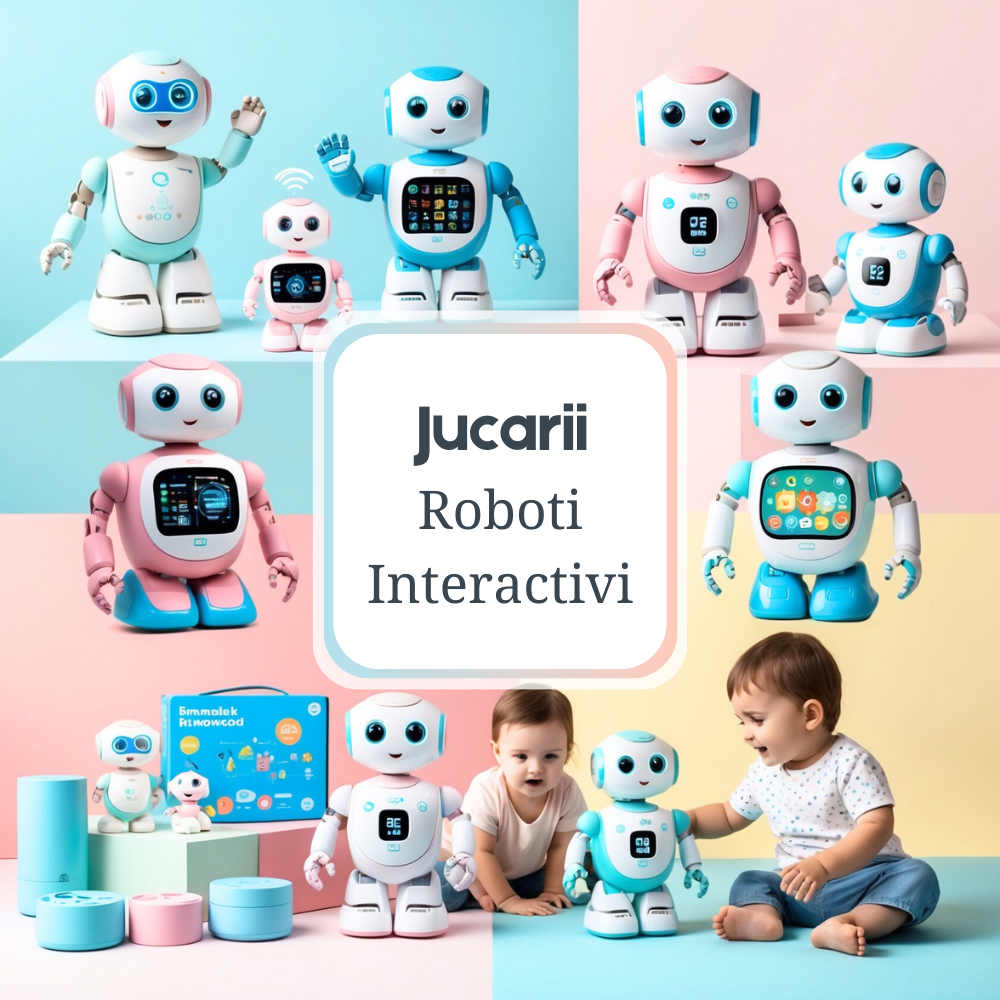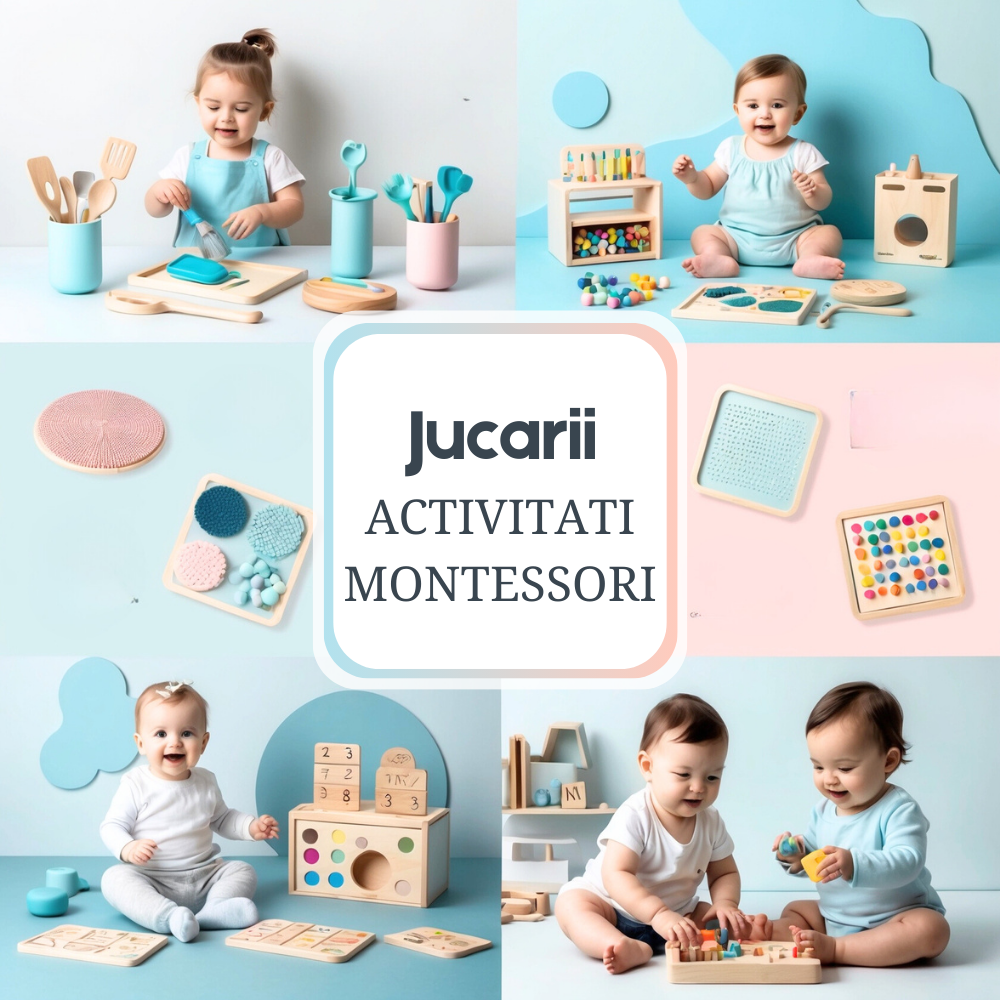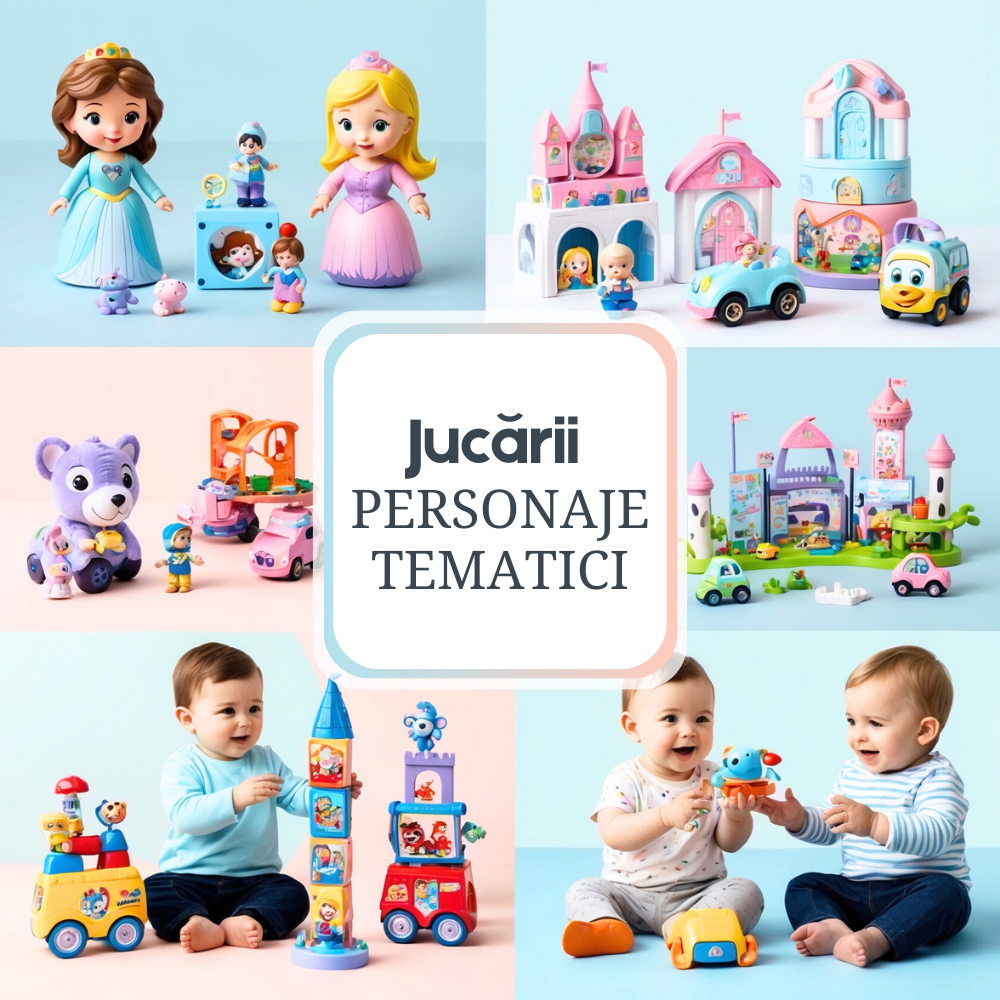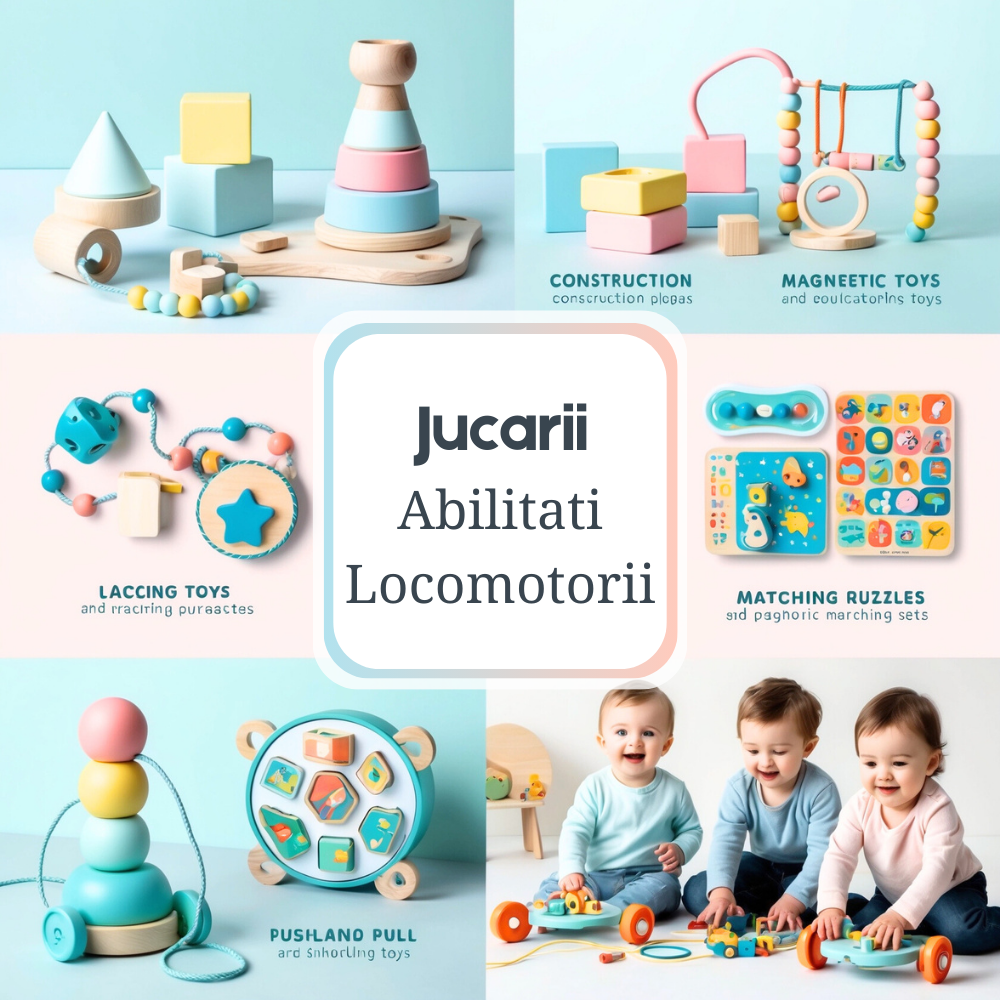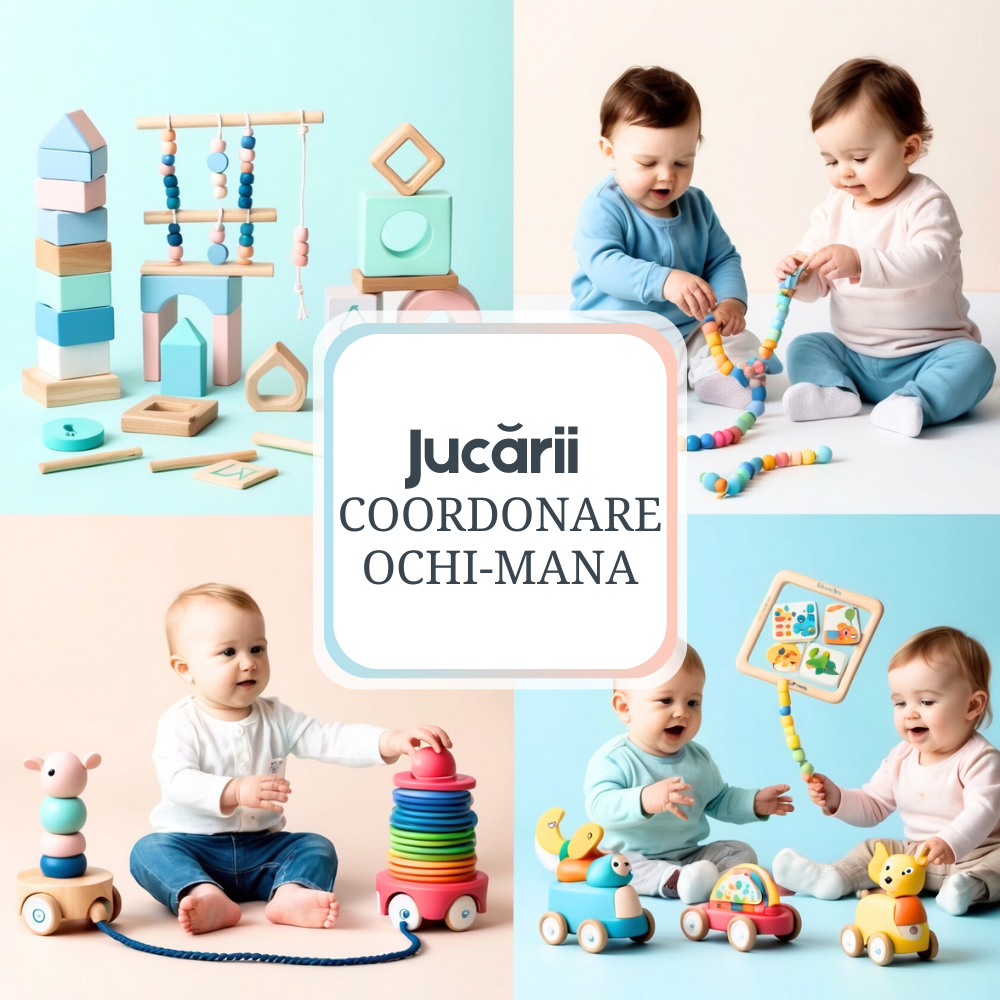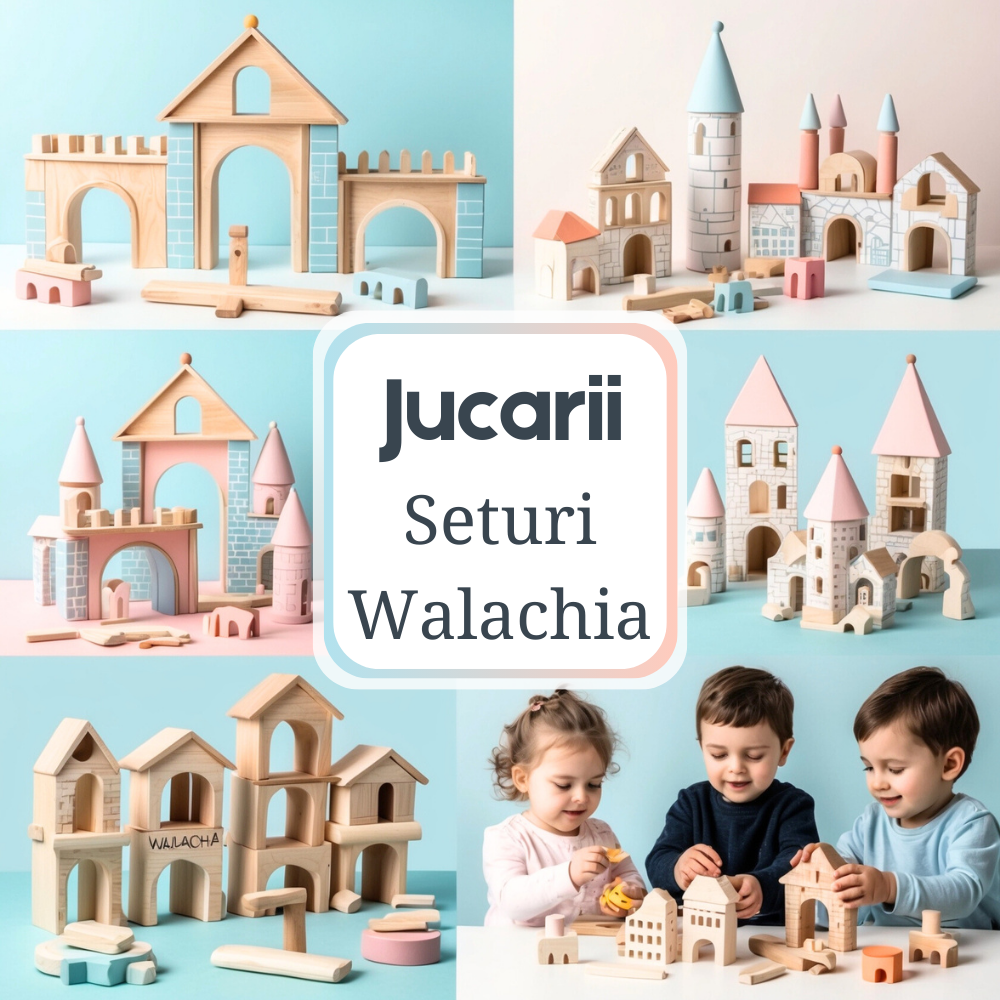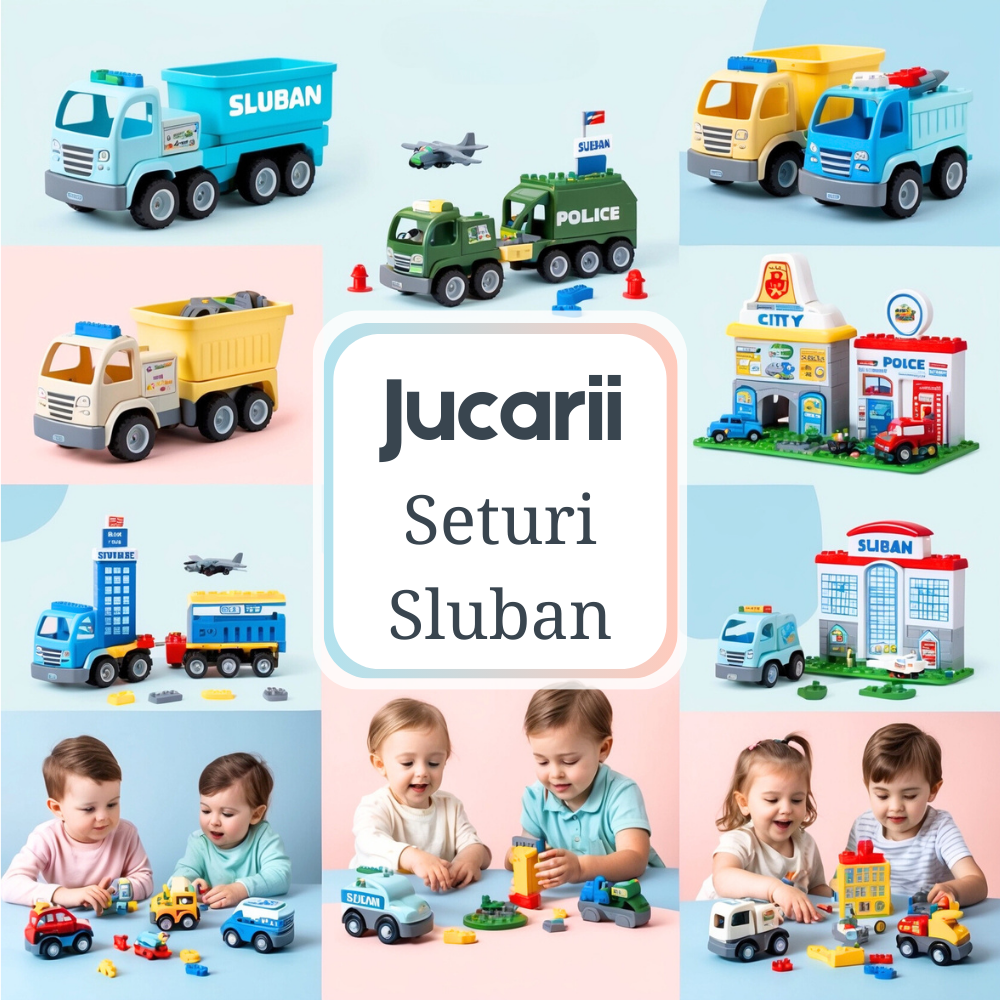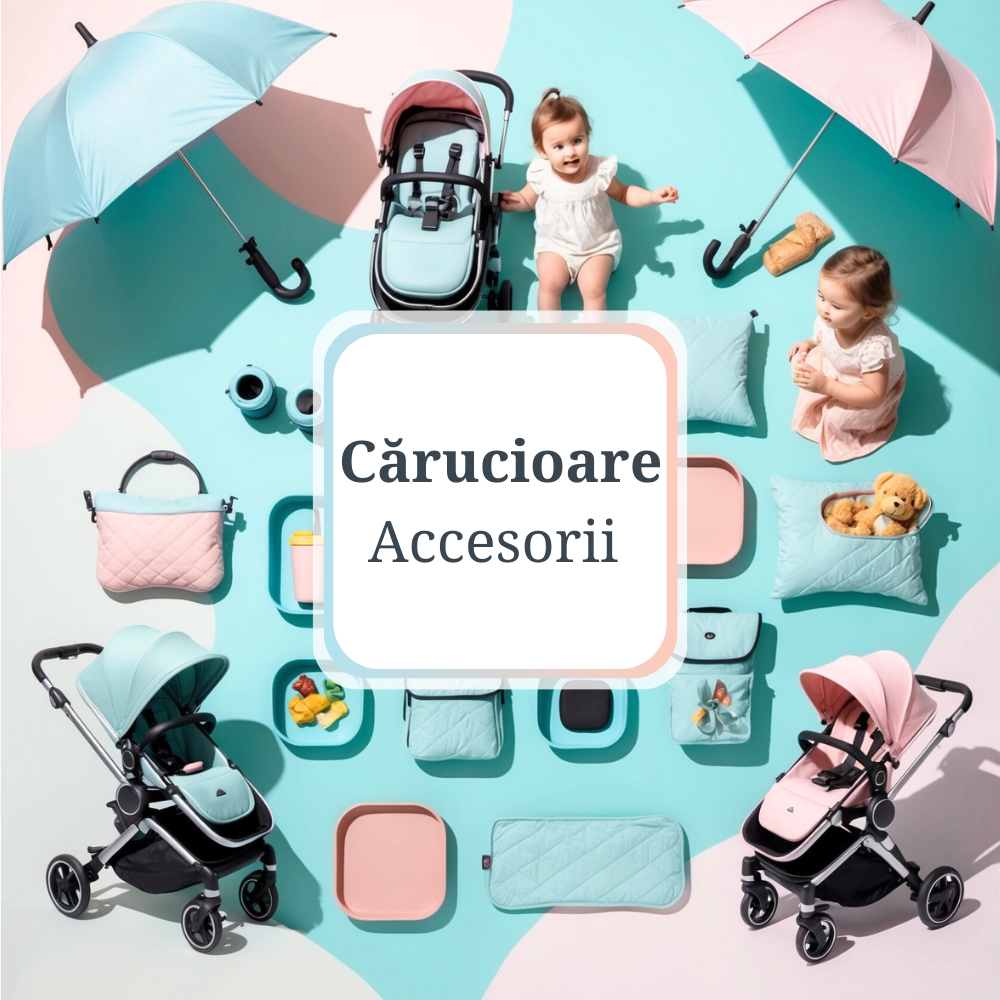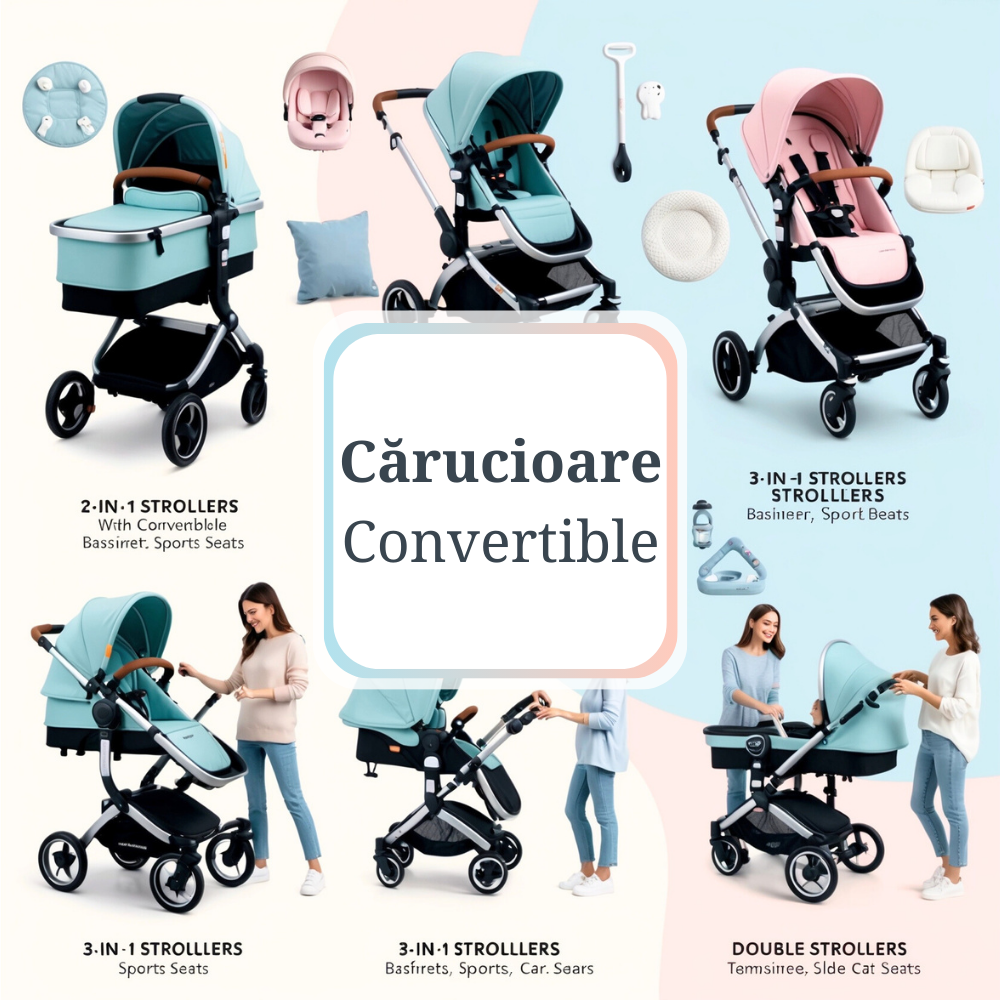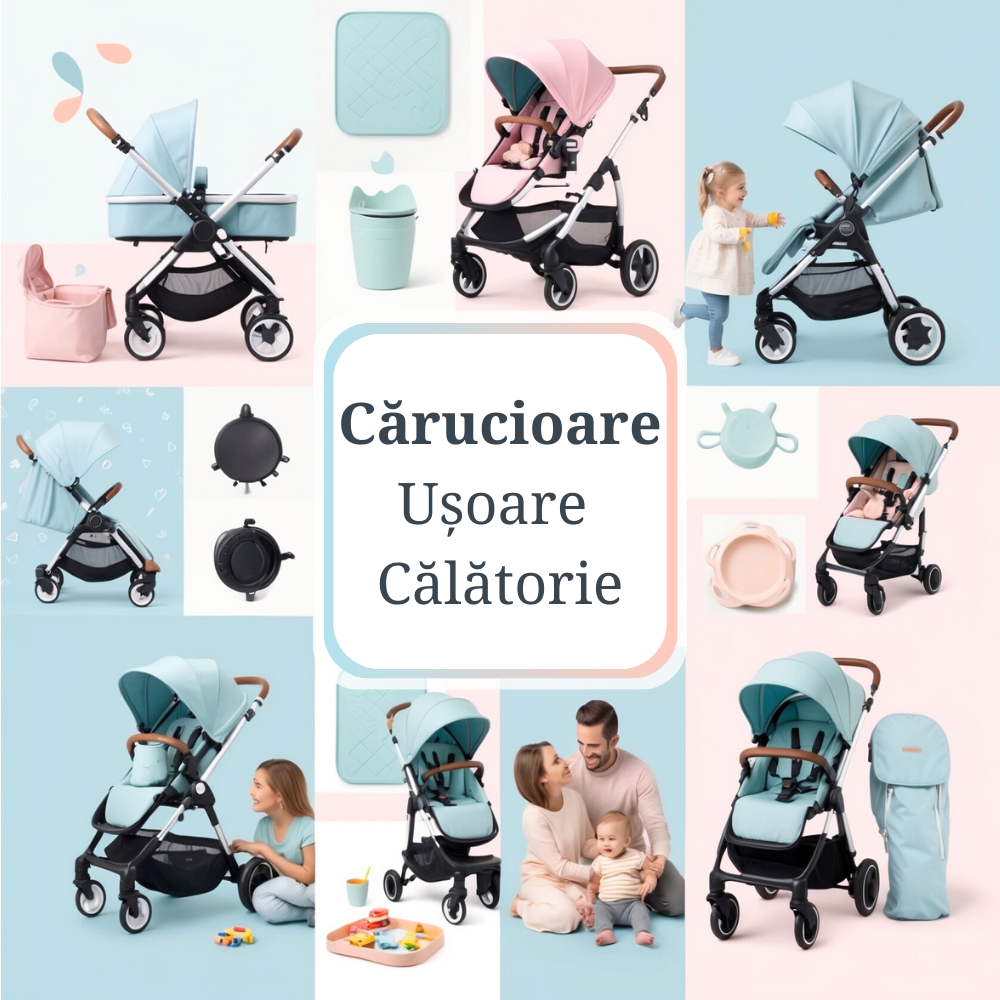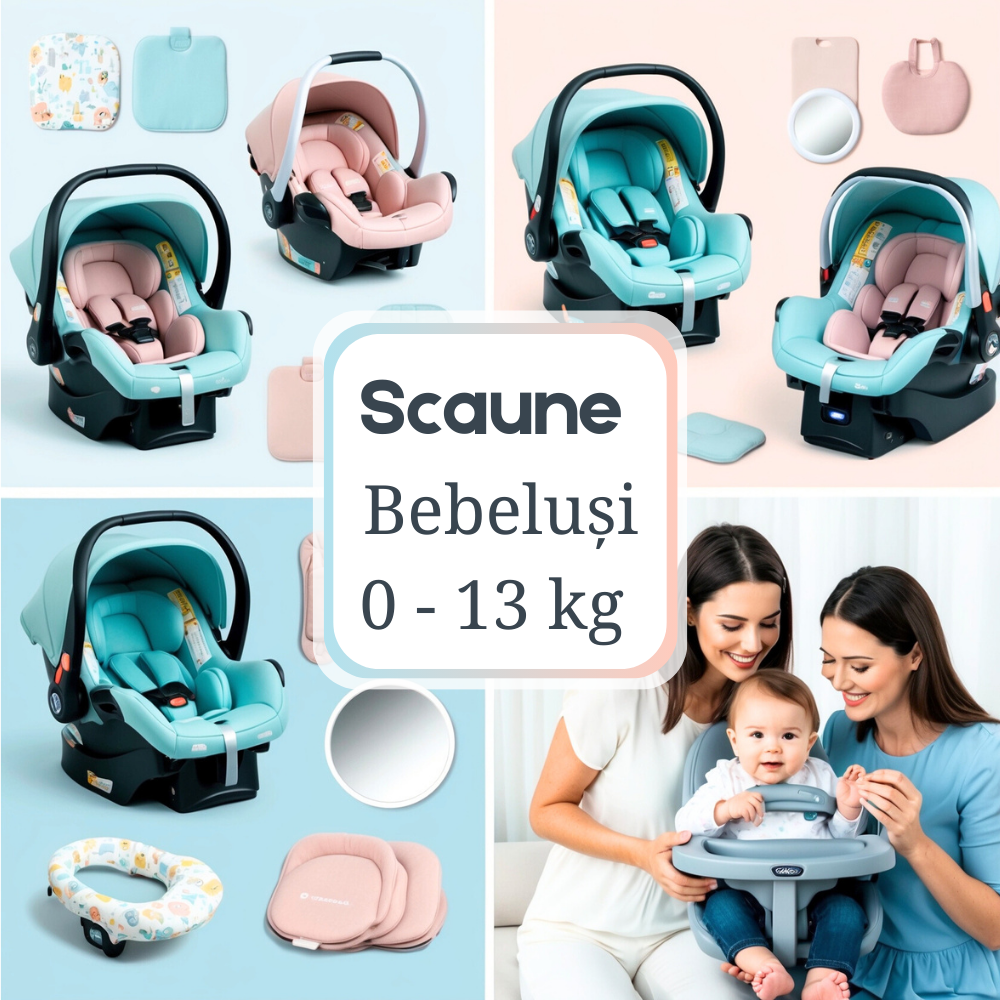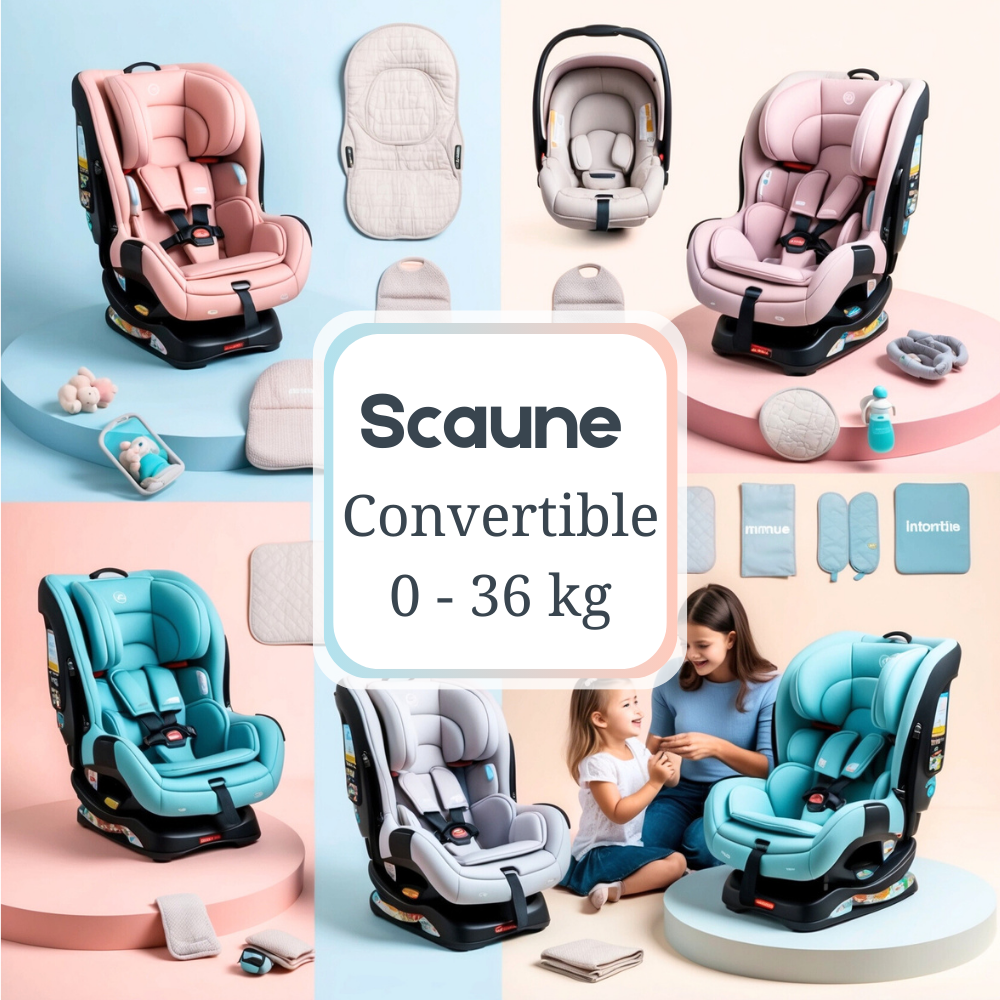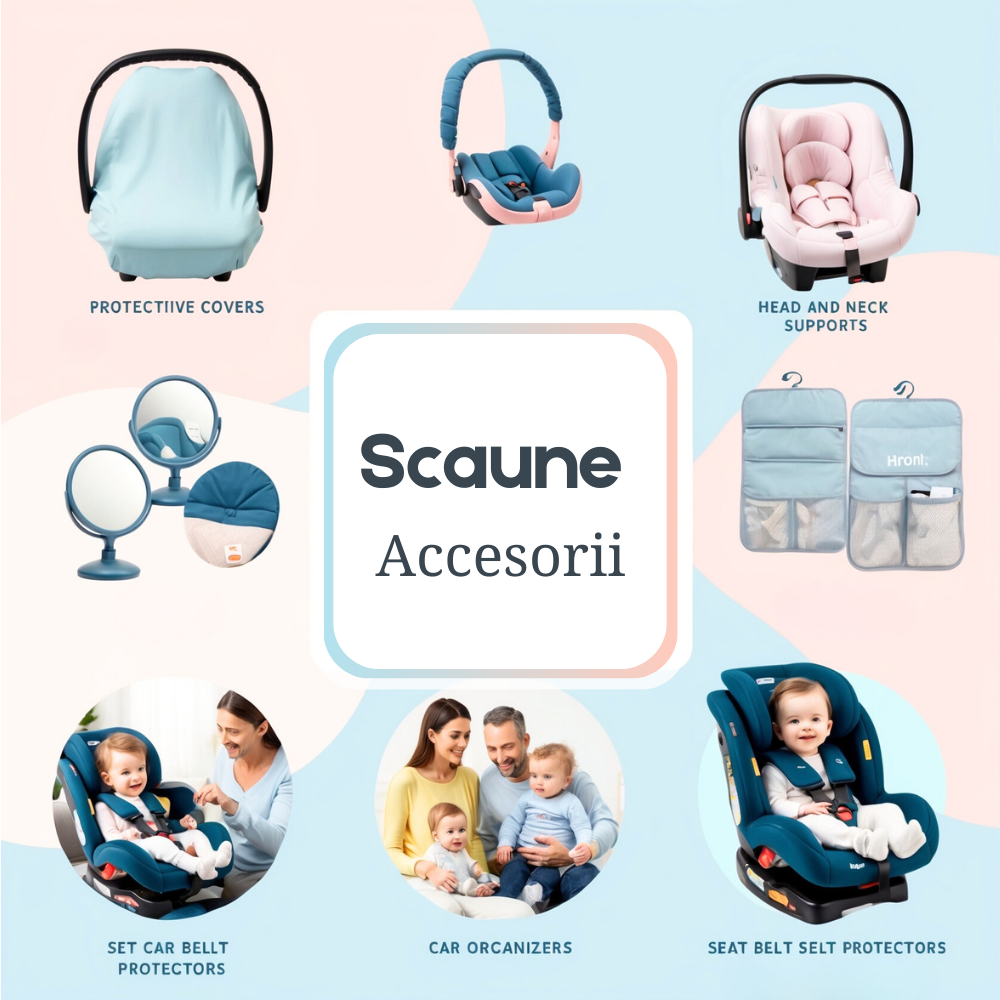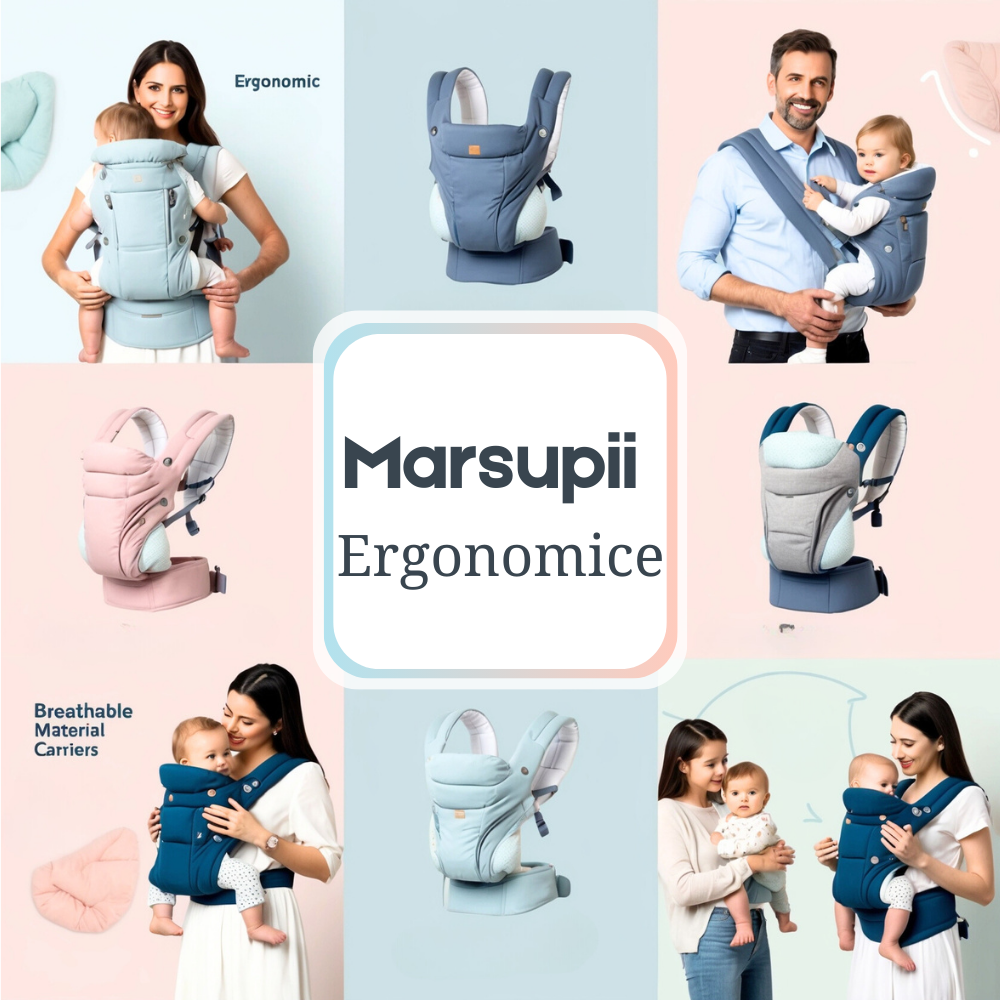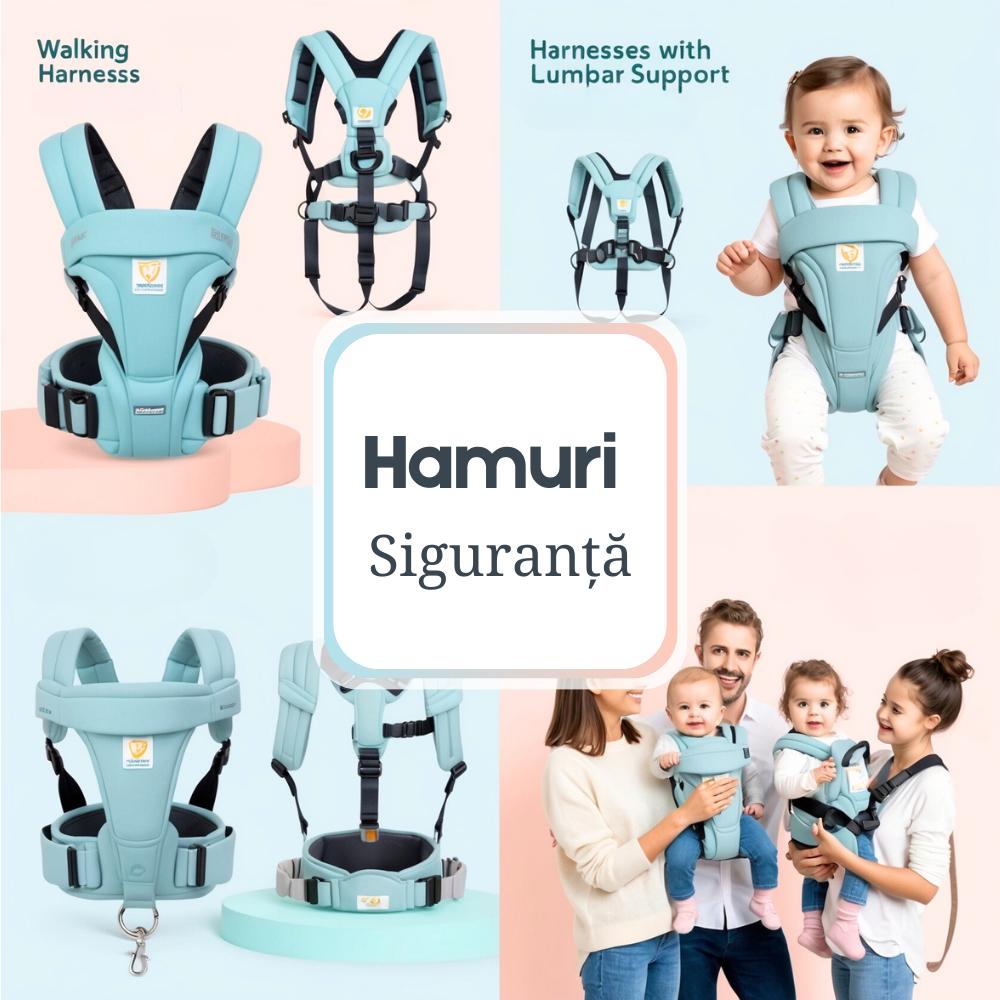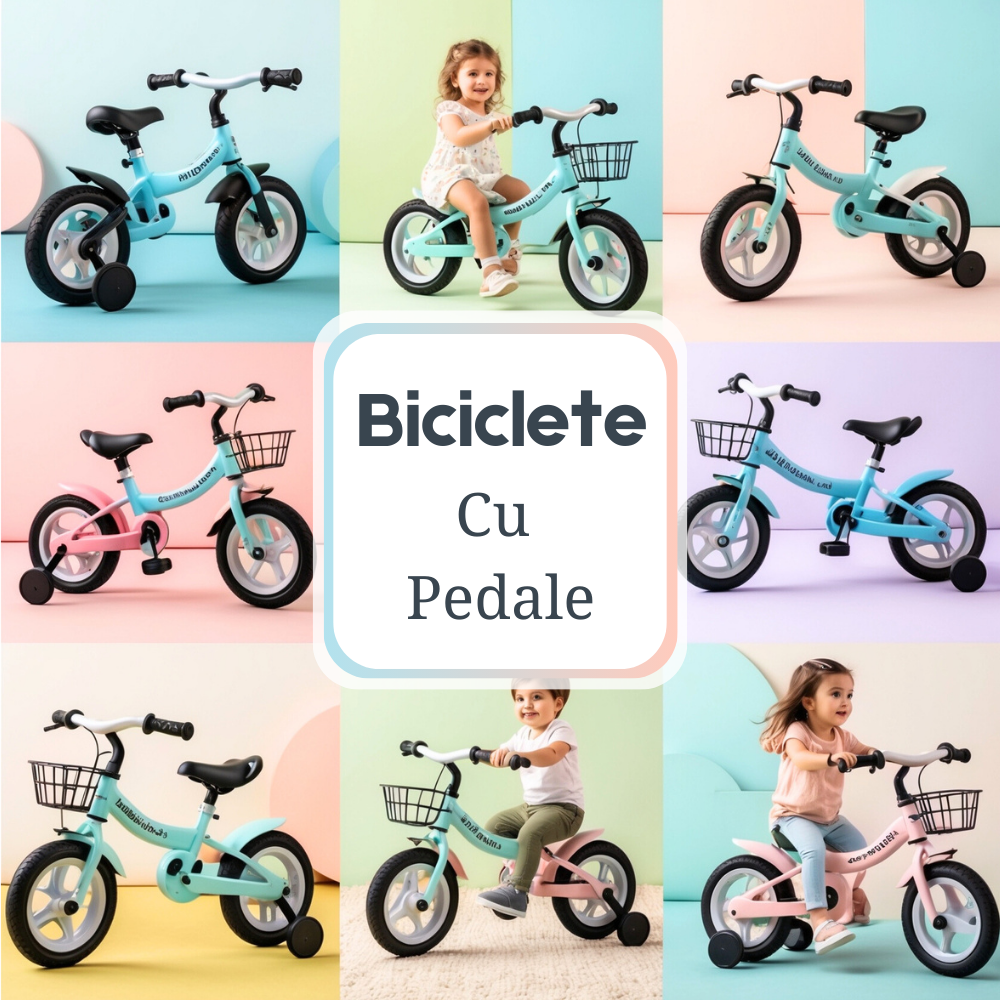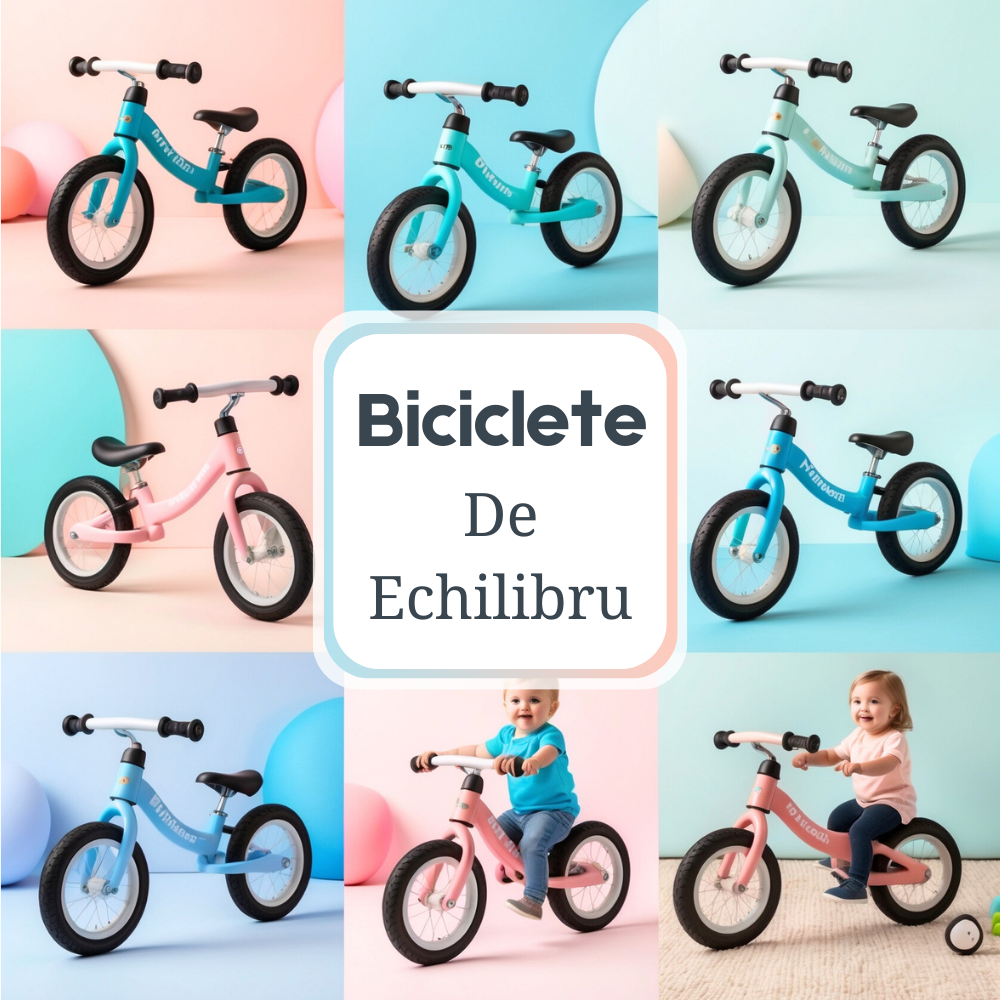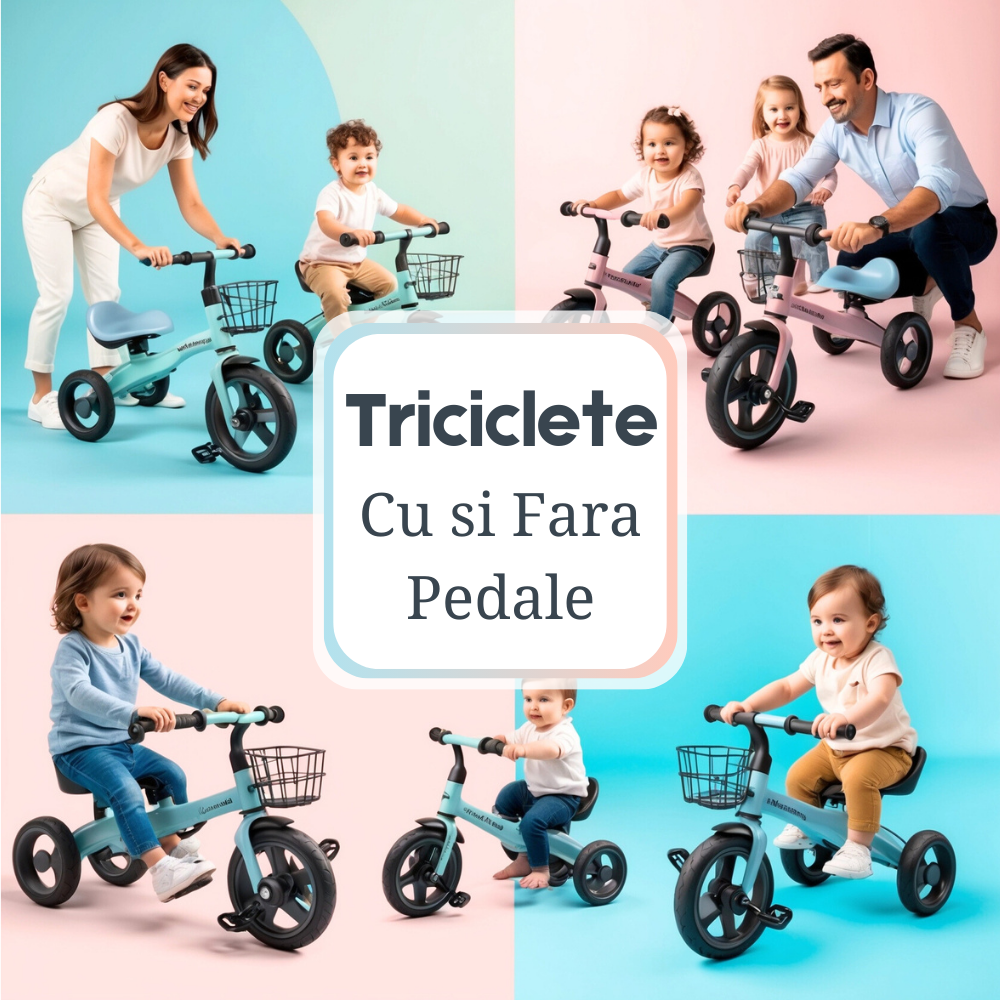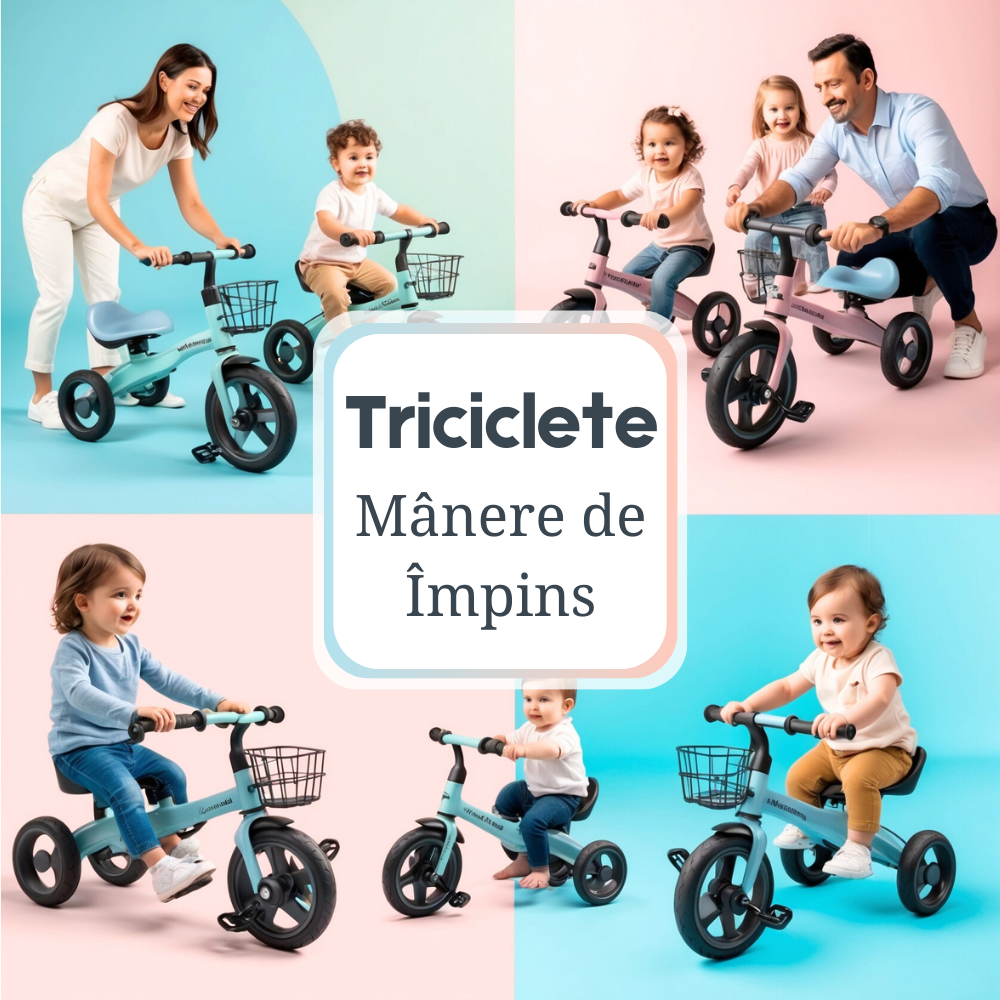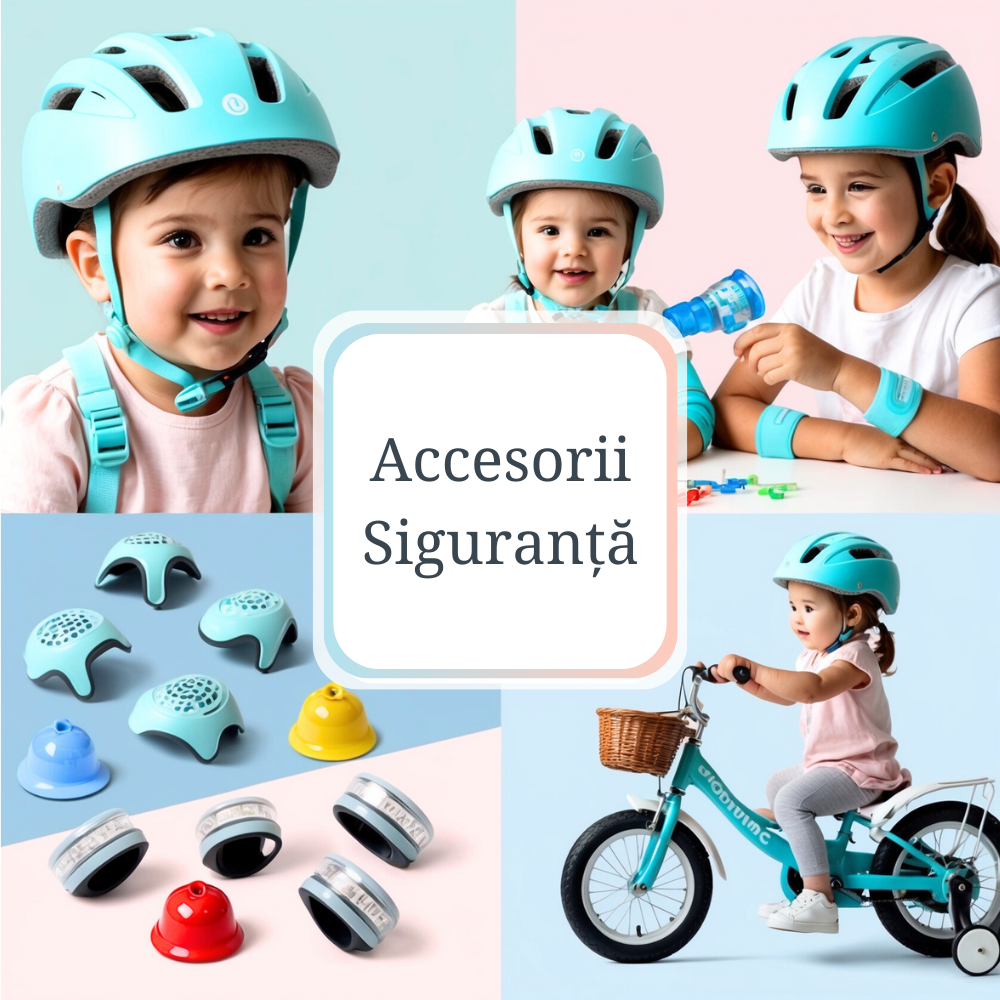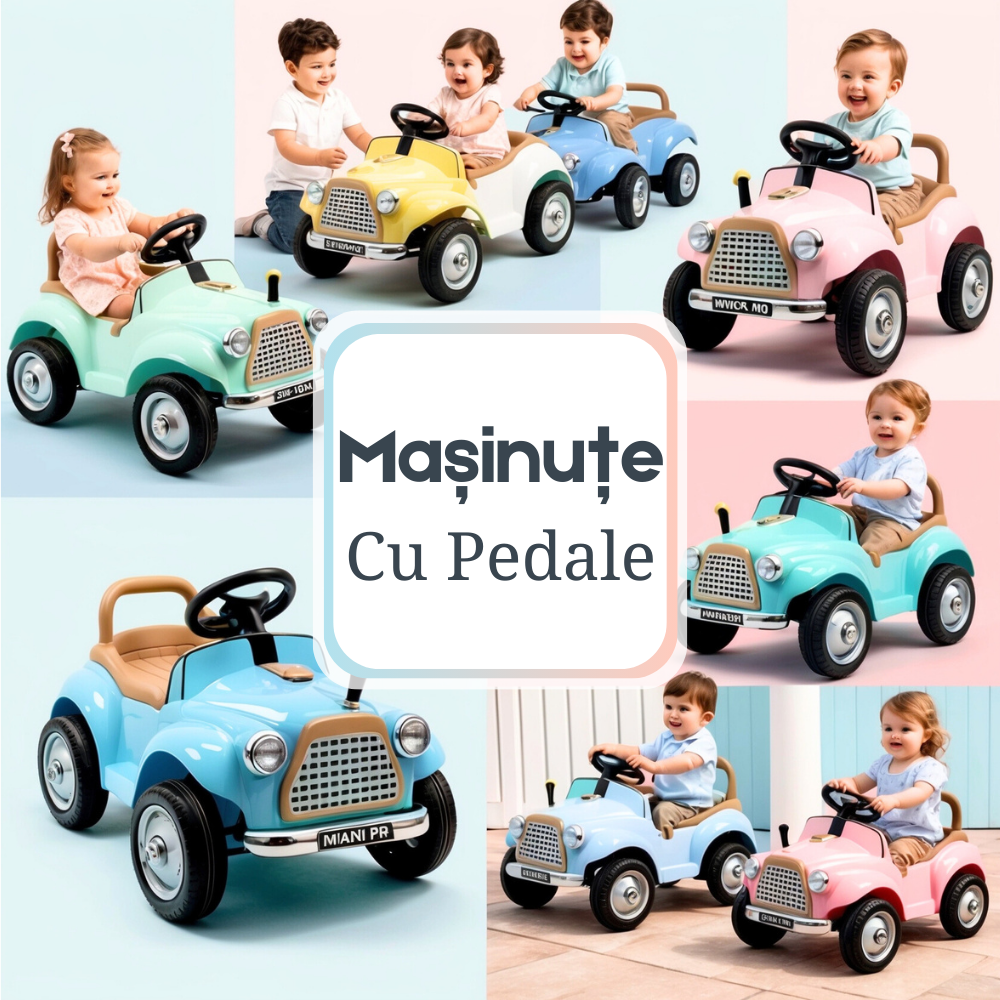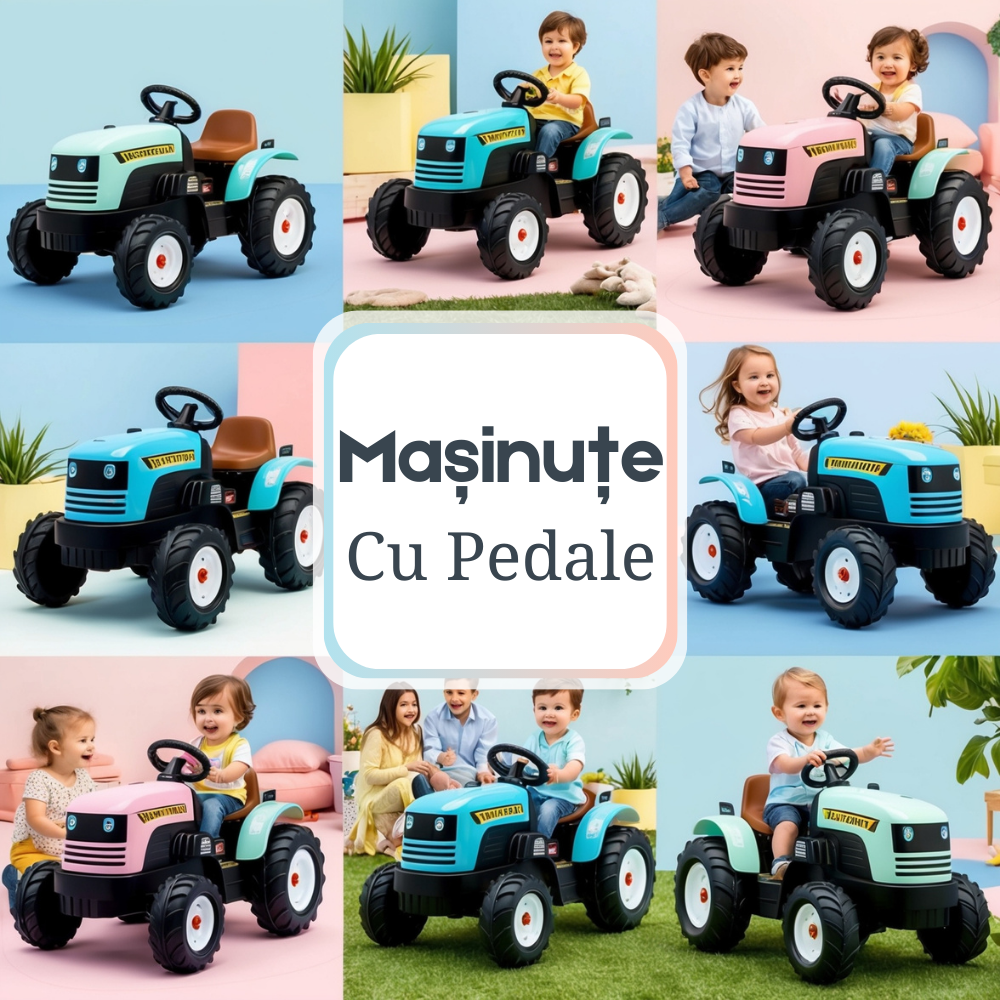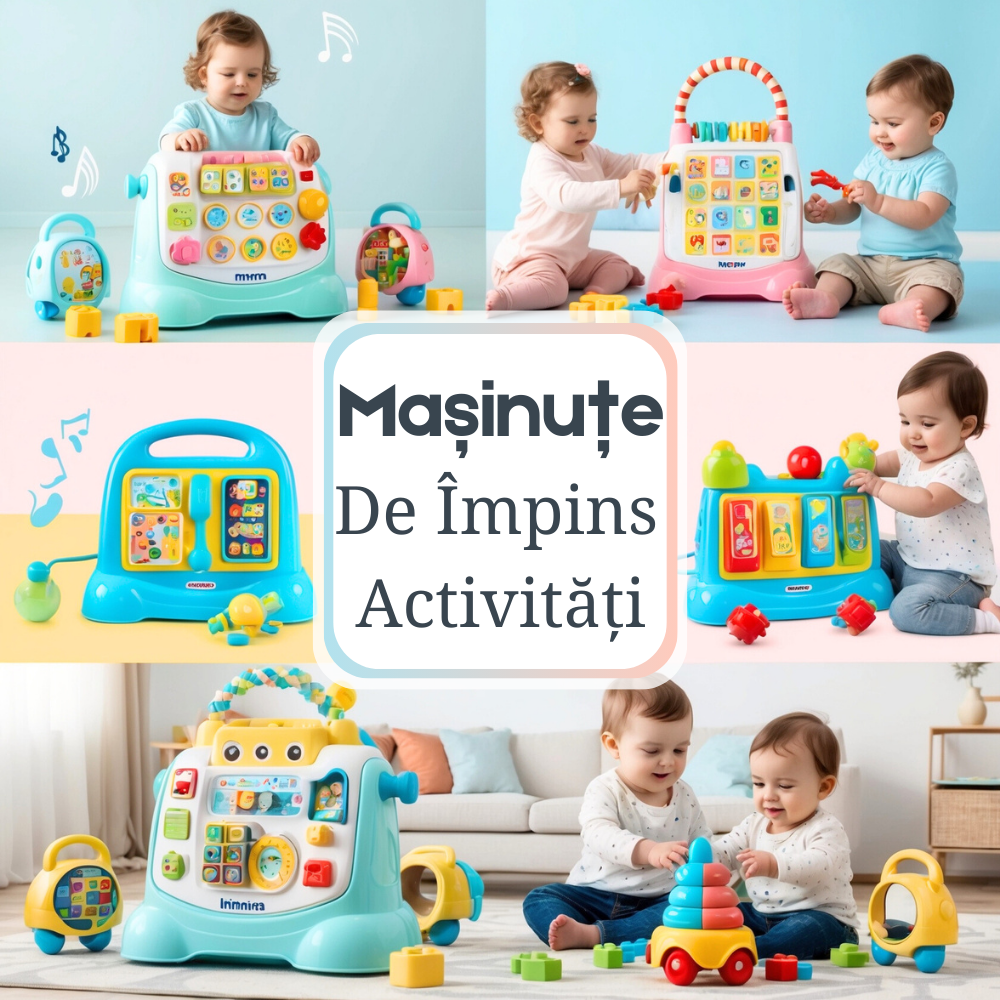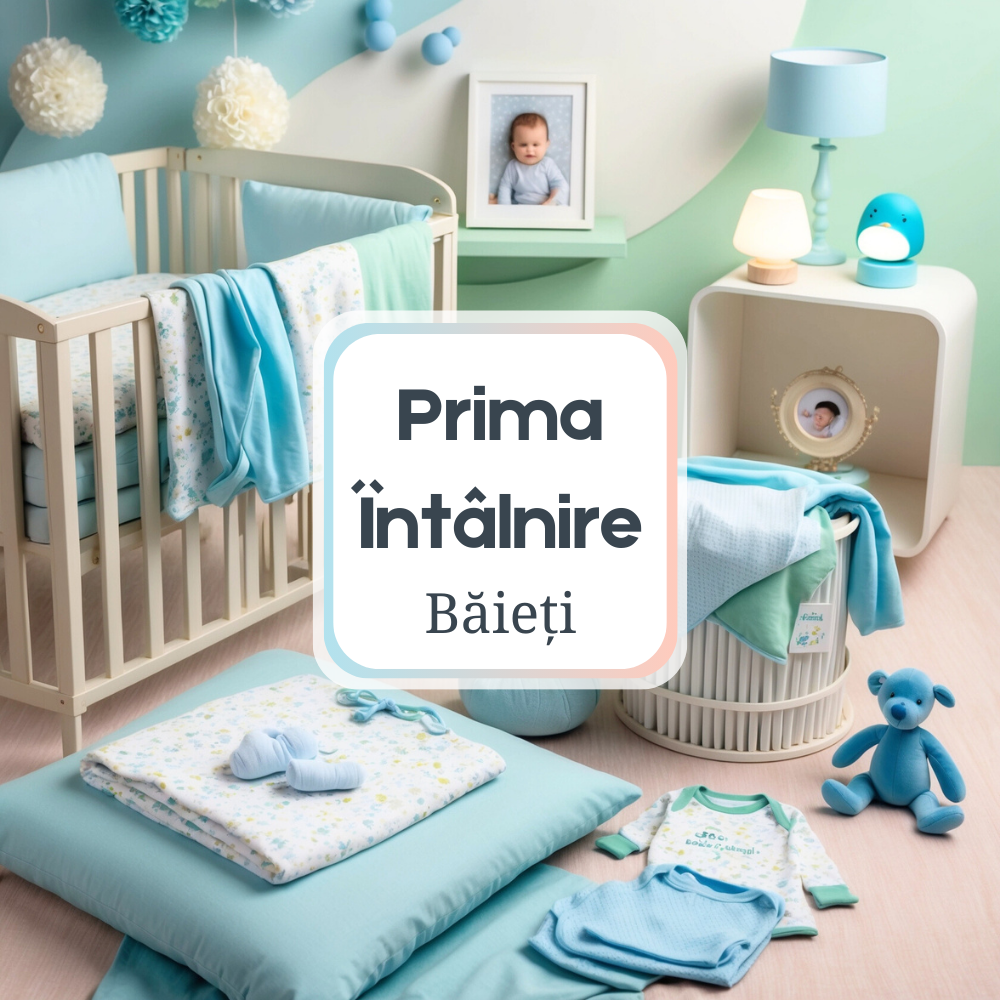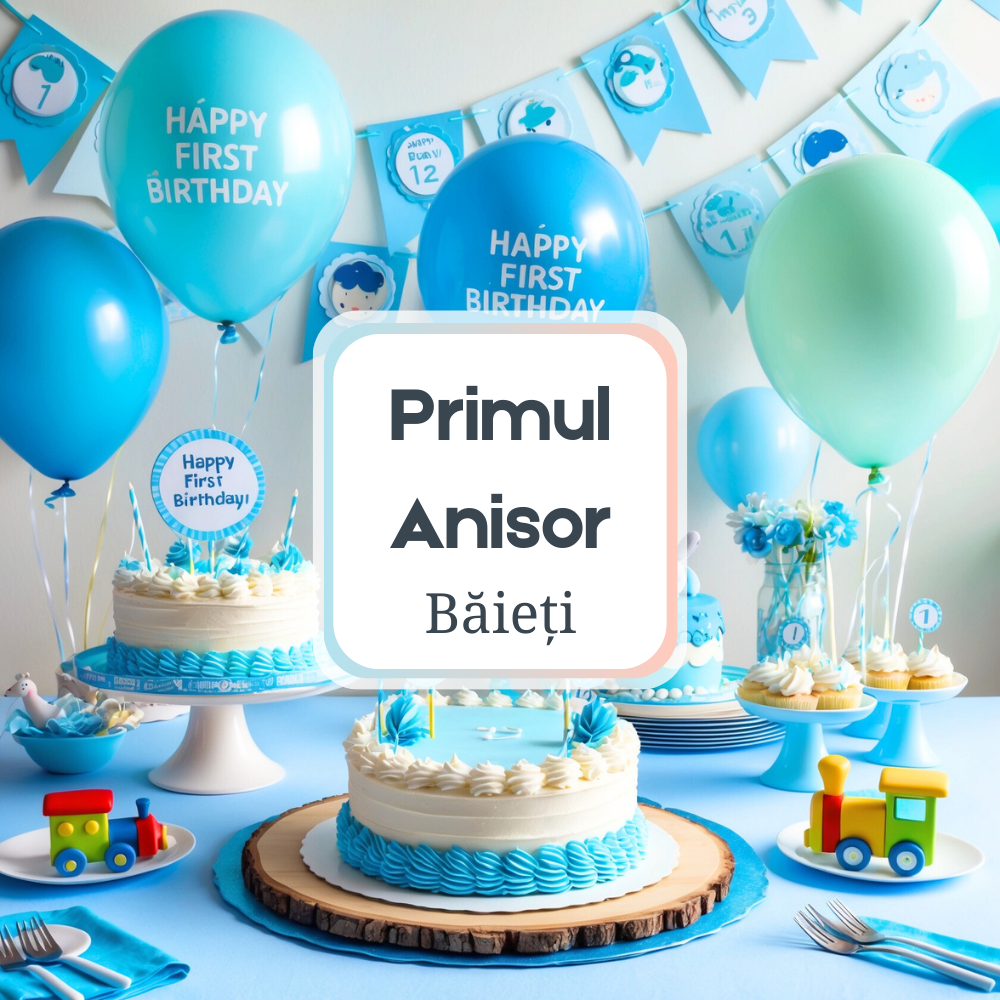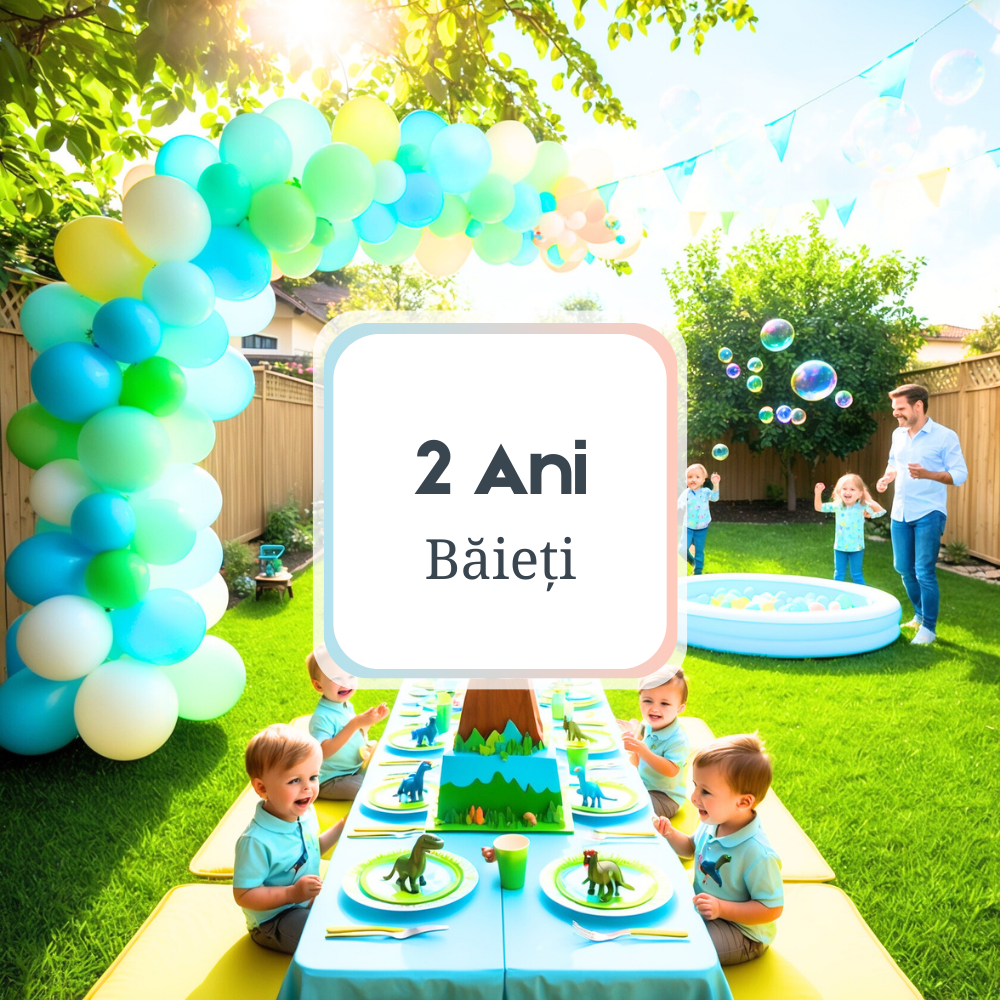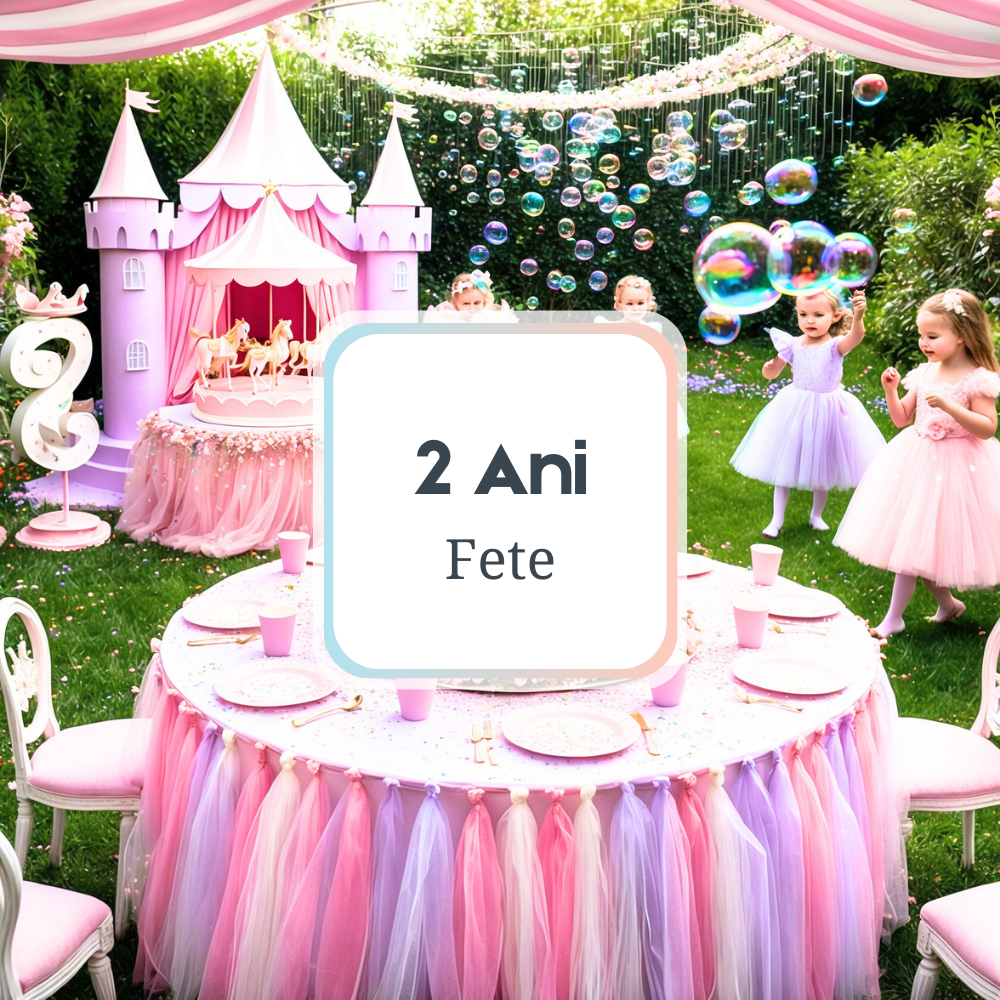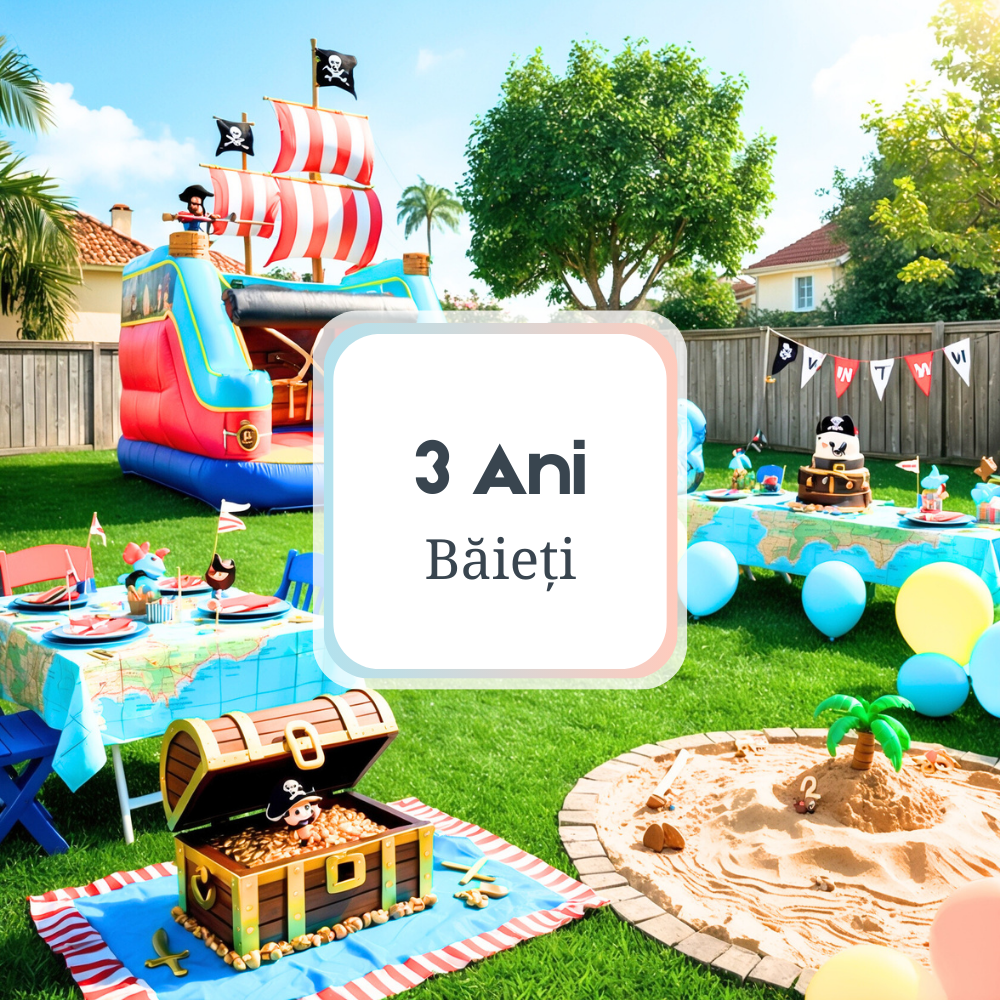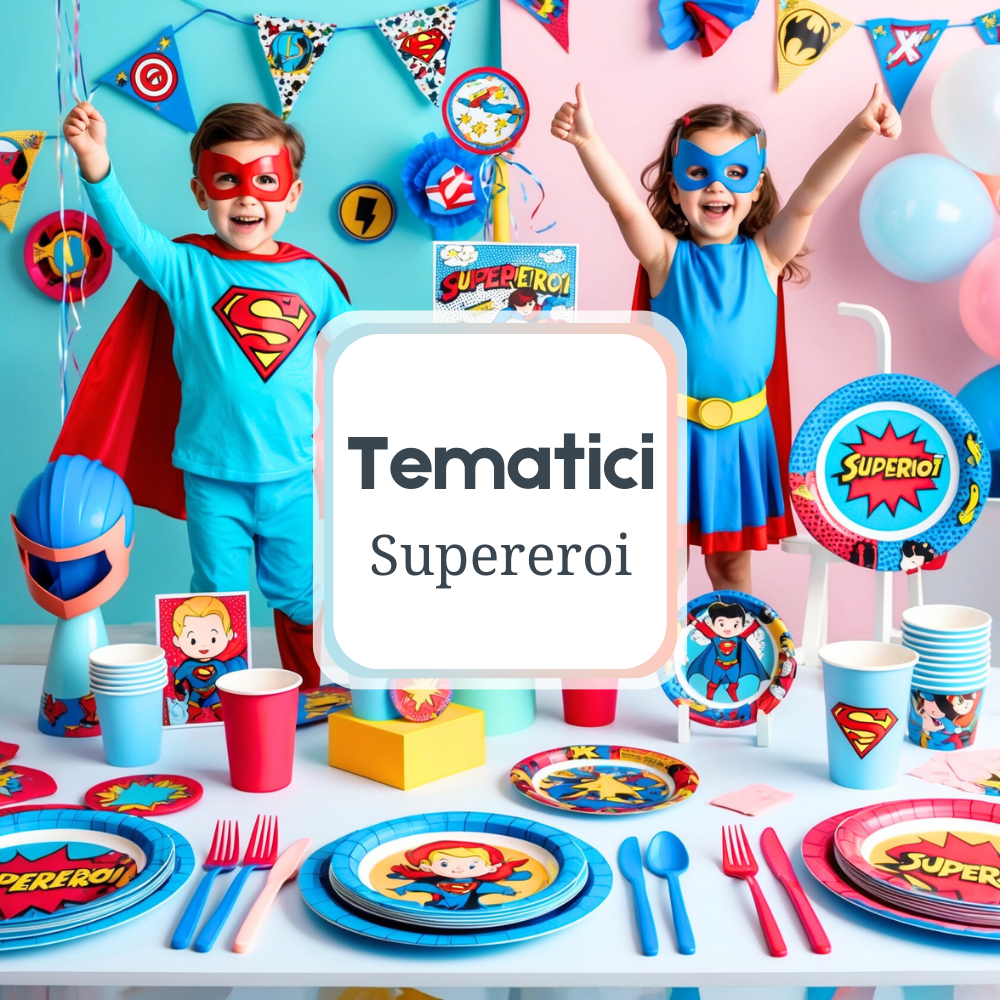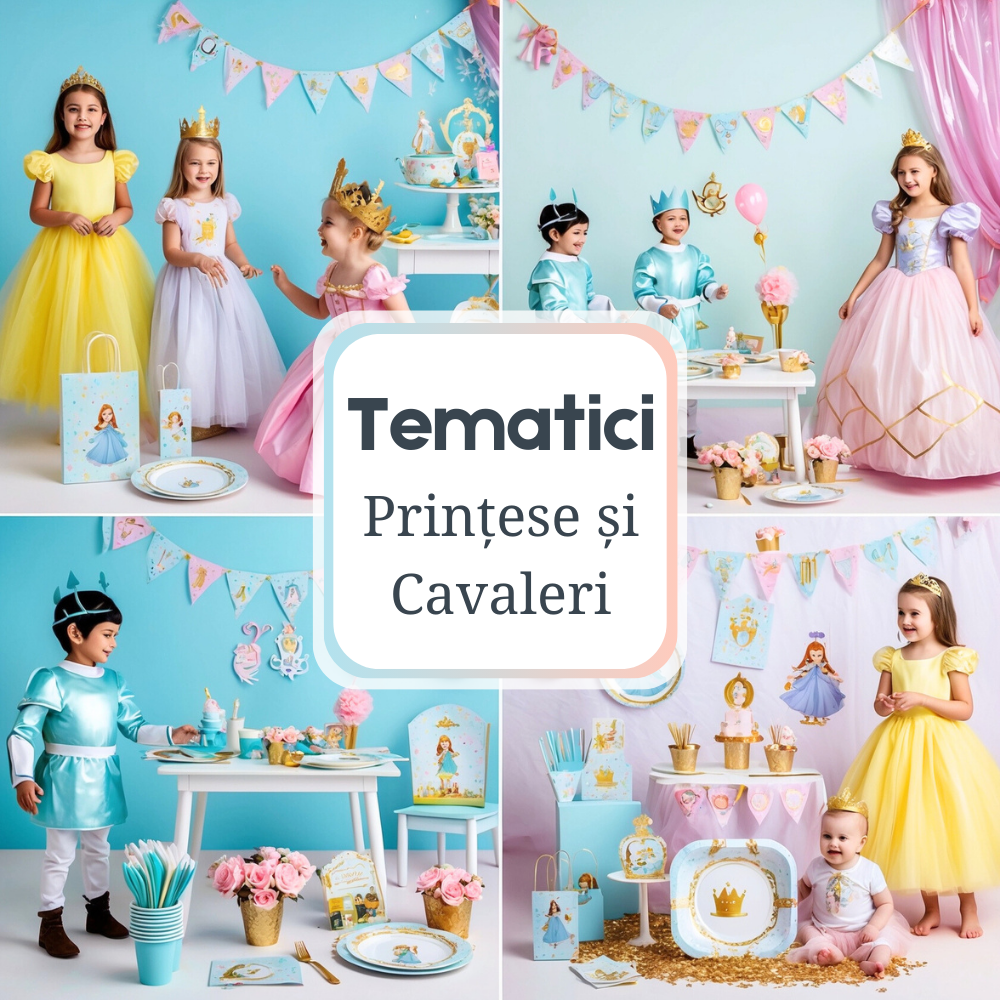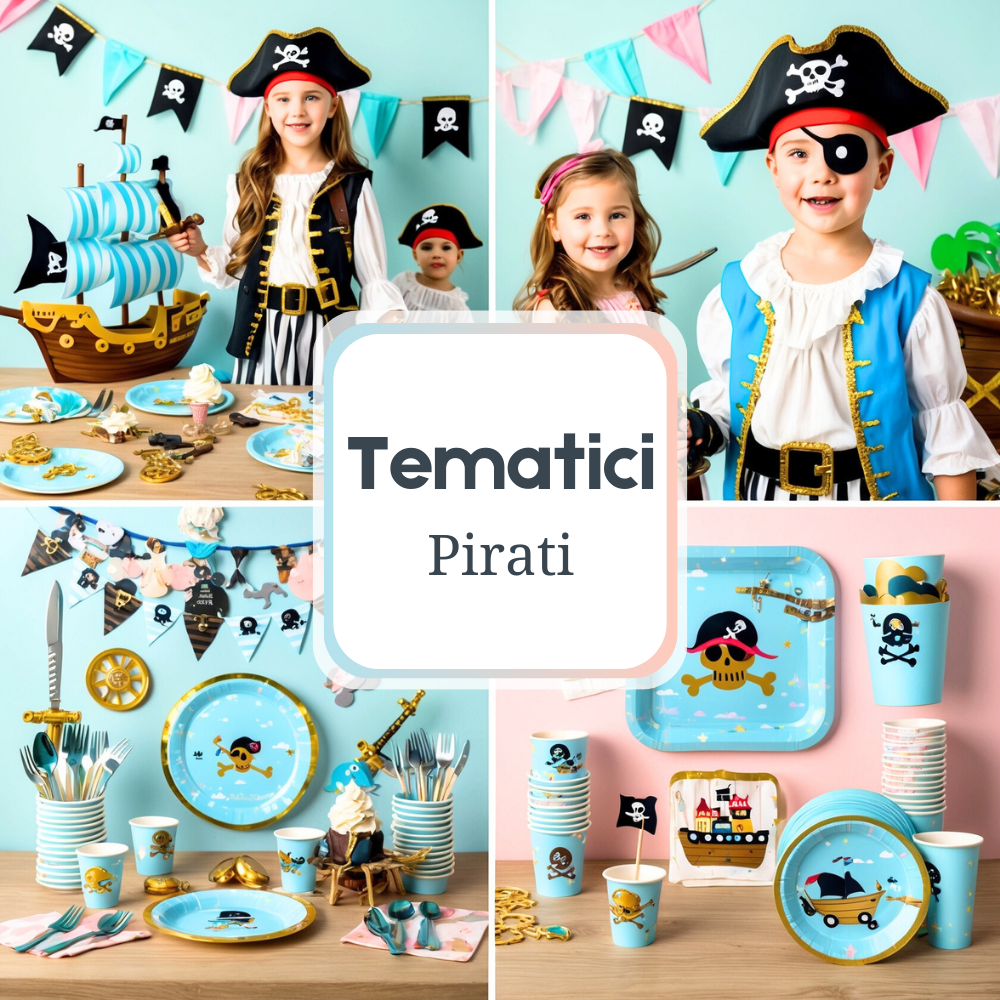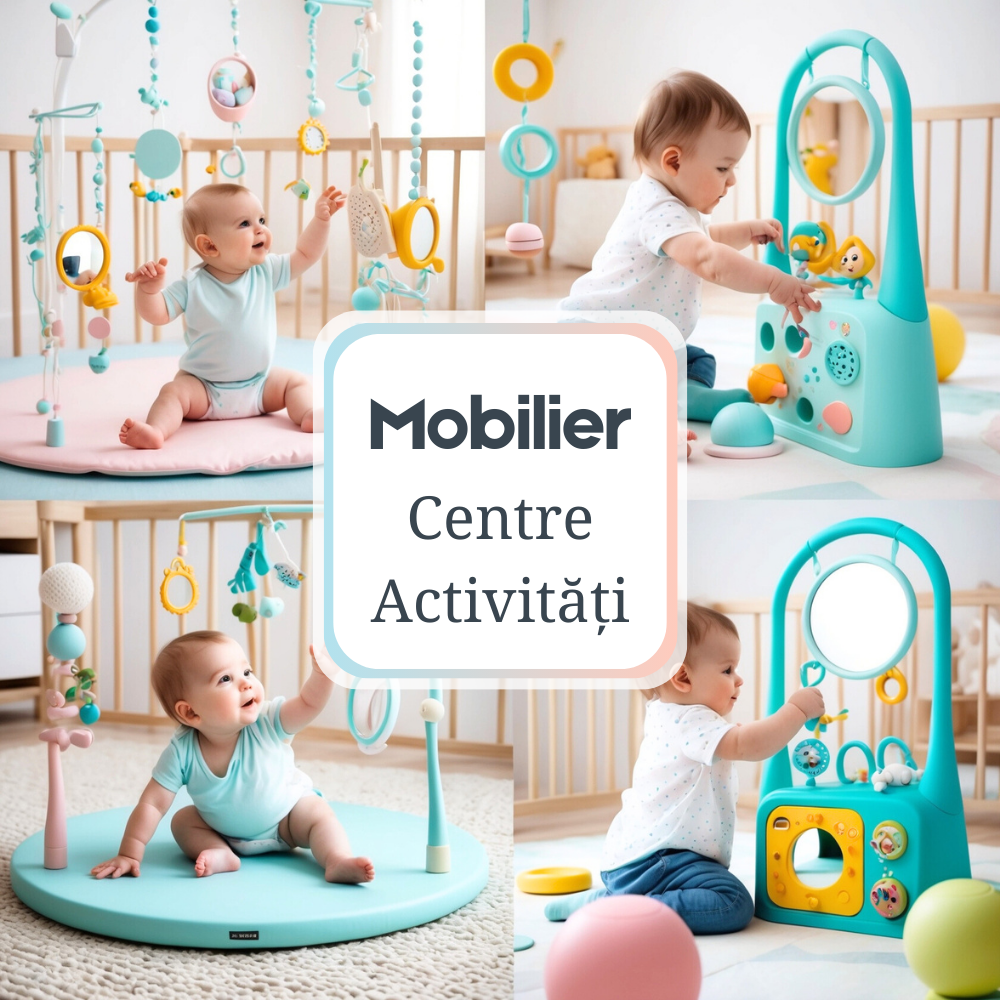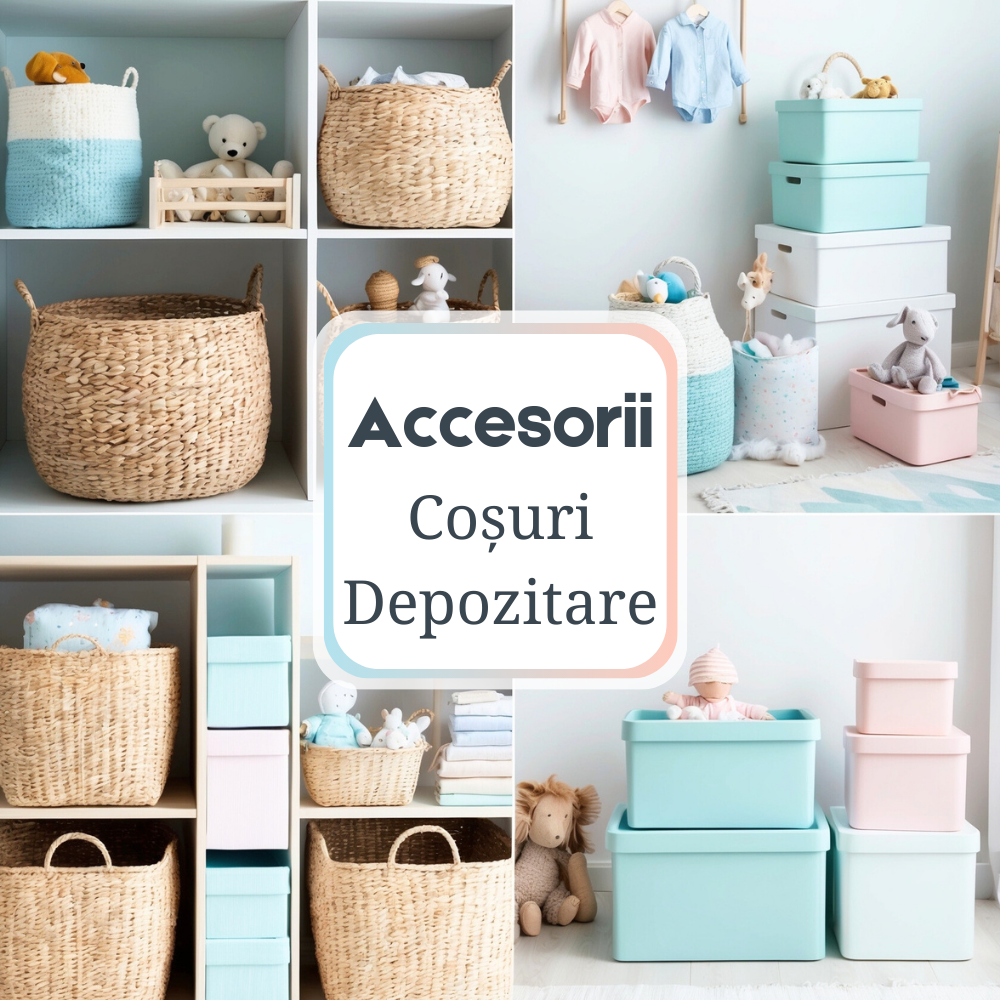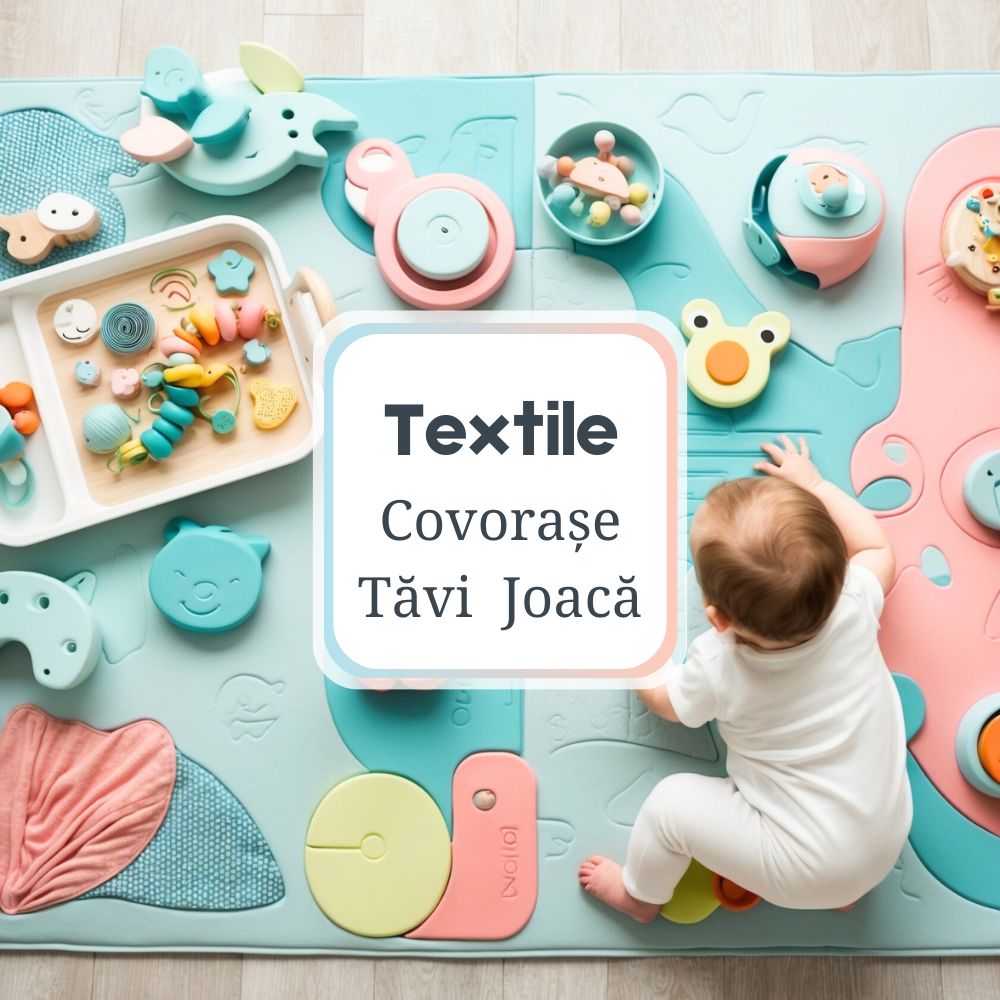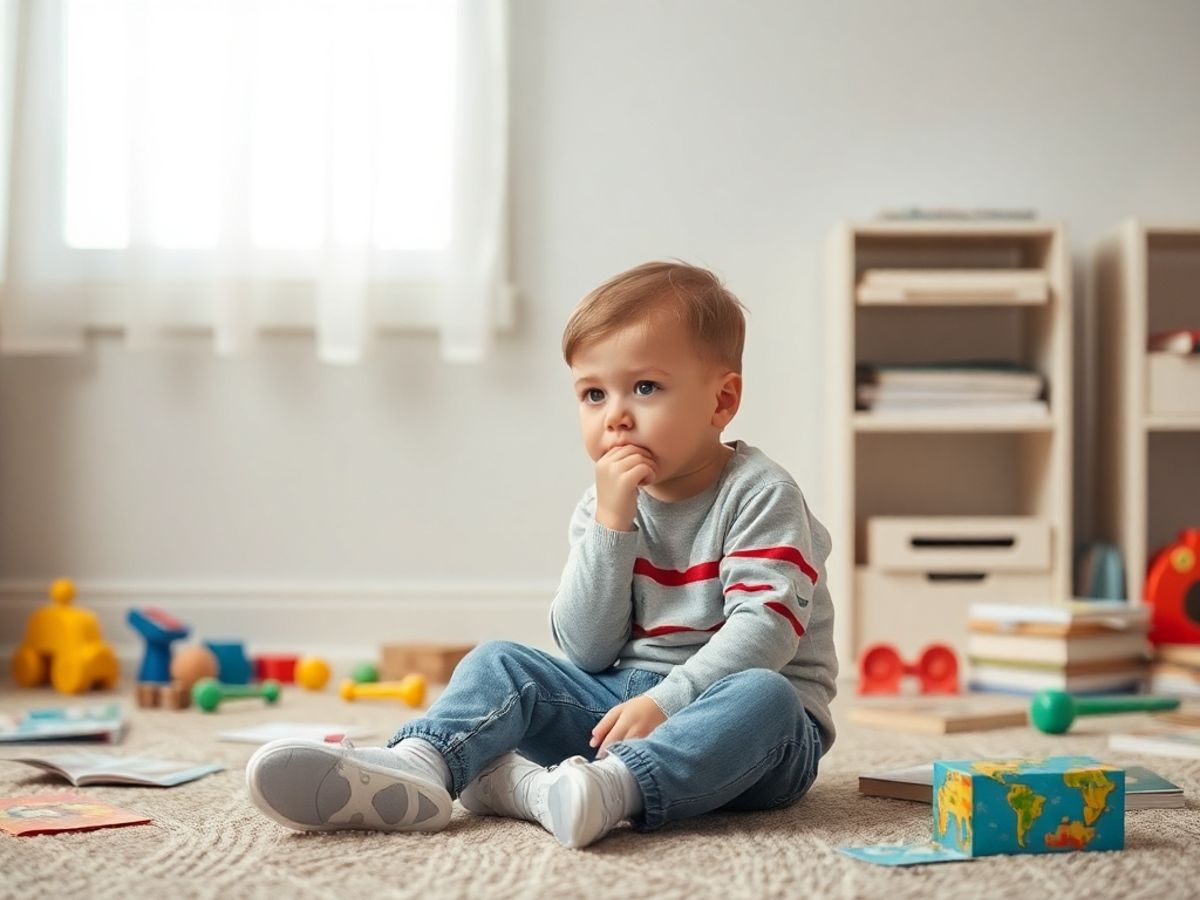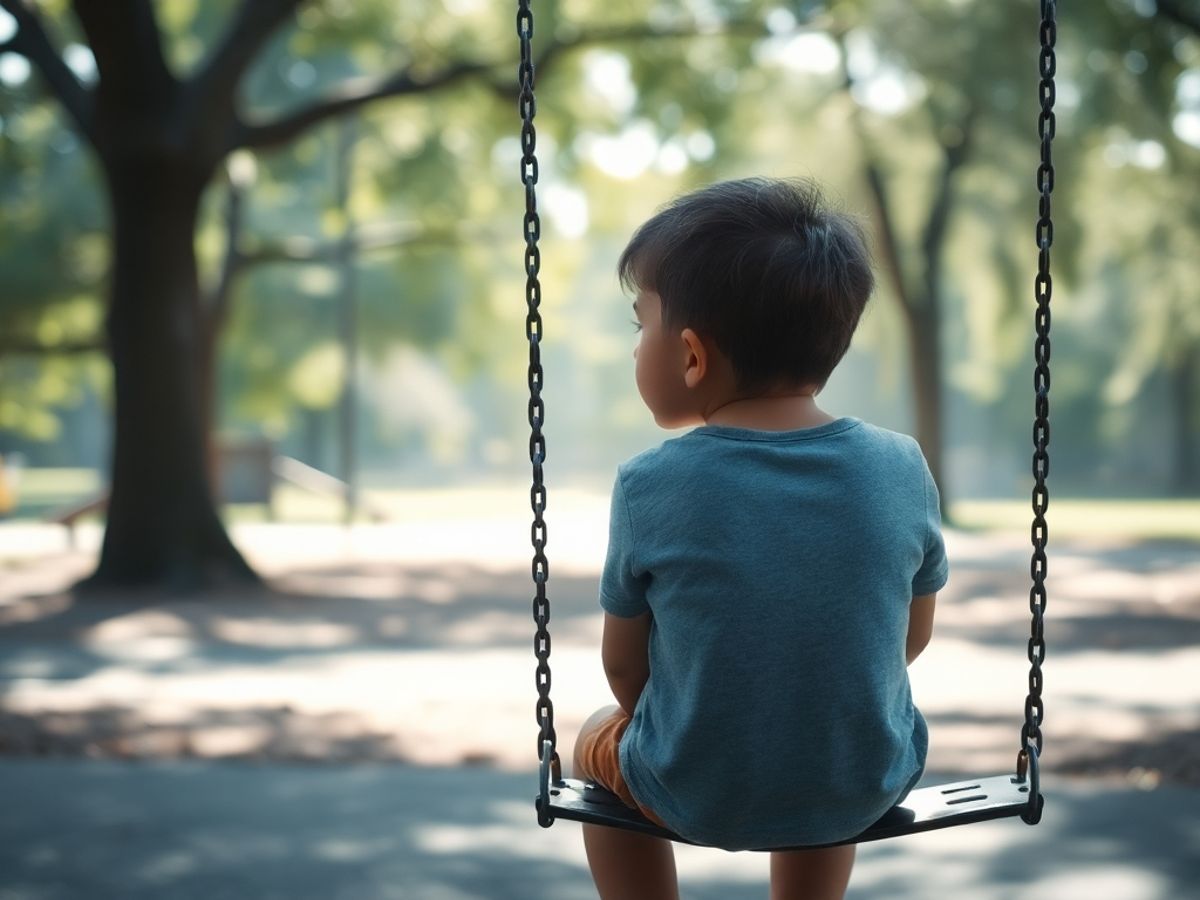Child Development: A Complete Guide to the Essential Stages
When it comes to teaching a child to ride a bike, timing and approach can play critical roles in the success of the process. Learning to ride a bike is more than just a physical activity; it is an important step in child development, involving coordination, balance and courage. This article aims to guide you through the crucial stages of this learning, offering practical advice to help make this experience an enjoyable and memorable one for any child.
Psychological Preparation of the Child
Before starting any practical lesson, it is important to make sure that the little one is psychologically prepared for this challenge. It is essential to talk to your child about cycling, let him express his emotions and constantly encourage him. The positive influence of parents can increase a child's self-confidence, which is fundamental in learning any new skill.
Choosing the Right Bike
Starting the learning process starts with the right bike. It must be suitable for the size of the child, allowing him to easily touch the ground with both feet. In addition, a bicycle with helper wheels can be of great help in the early stages, providing extra support until the little one develops the necessary balance and coordination.
Motor Development
The physical activity involved in riding a bicycle stimulates the child's fine and gross motor development. From coordinating pedal movements to controlling direction with the handlebars, every action contributes to improving motor skills. Before starting the actual learning, it is beneficial to ensure that the little one has already developed the ability to carry out actions such as running or jumping, as these are indicators of readiness for riding a bicycle.
Developing Balance
A key component in the learning process is the development of balance. An effective method is to start with a stationary bike or a balance bike. With this, the child learns to keep his balance while moving, without having to manage the pedals at the same time. This stage of building balance is crucial and must be approached with patience and encouragement.
Language development
Communication is another vital aspect in this learning process. Clear explanations from parents, verbal encouragement and constant dialogue help the child's language development. It's important to use positive language, give simple instructions and celebrate every progress, no matter how small, to keep your child's morale high.
Evolution of Skills
As your child gets comfortable with the bike and improves their balance, you can move to the next level by adding pedals. Encourage him to pedal at his own pace, without pressure. It is essential to show him how to brake properly and how to get on and off the bike safely.
Managing Frictions
It is normal for the child to be reluctant or even afraid at first. It is important to reassure him that you are there for him and to support him emotionally. You can use protections such as helmets, knee pads and elbow pads to help him feel safer and more protected.
The Role of Play and Fun in Learning
Remember to make learning a fun activity. Set up fun routes and include games in your training sessions. This will ensure that cycling is associated with fun and not an obligation or stressful experience.
The Impact of Family Involvement
Involving the whole family in the process can have a positive impact on the child. Biking kisses with older siblings or parents can serve as a role model and source of motivation. It's also a great way to create precious family memories.
Conclusion
Learning to ride a bike is more than just a lesson in balance and coordination; it is a journey that contributes to the integral development of the child. From psychological preparation to the development of balance and language, each stage is important and deserves to be approached with patience and understanding. Finally, seeing the happiness and satisfaction on the face of the child who succeeds in pedaling independently is a priceless reward for the efforts made.
For more information and resources related to child development and cycling, you can visit us in store or subscribe to our newsletter. Here you will find everything you need to ensure that learning is an enjoyable and safe experience for the whole family.




